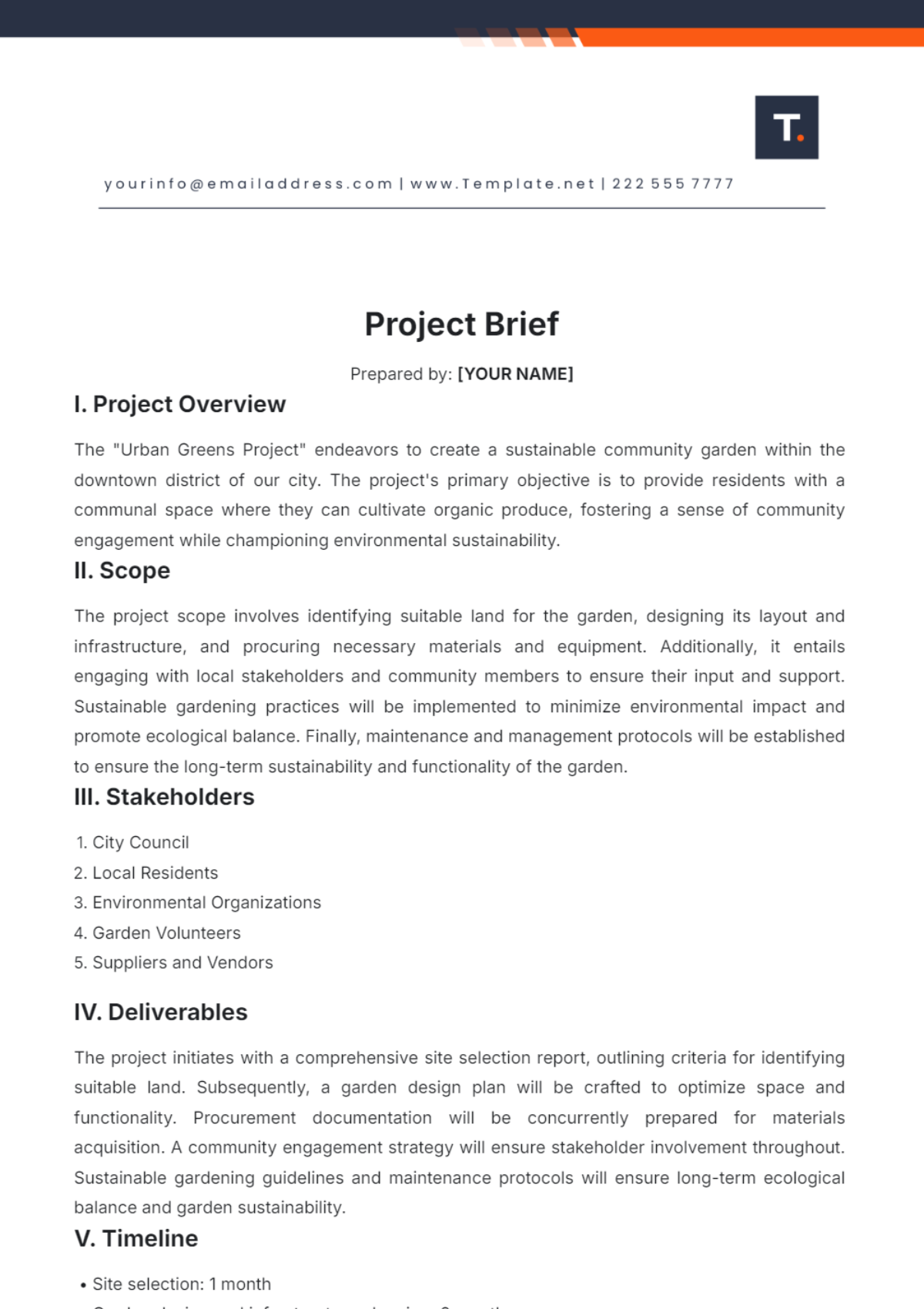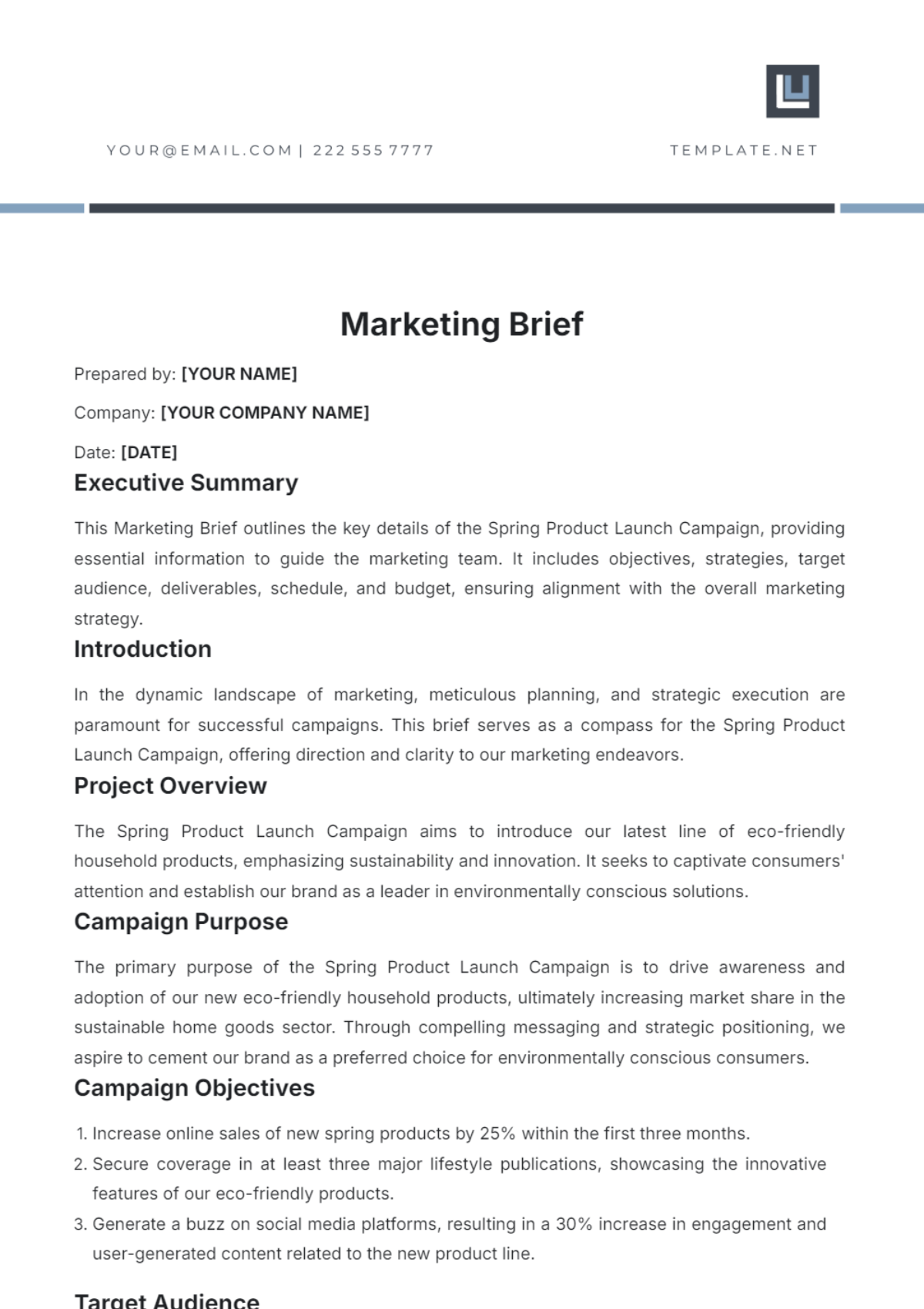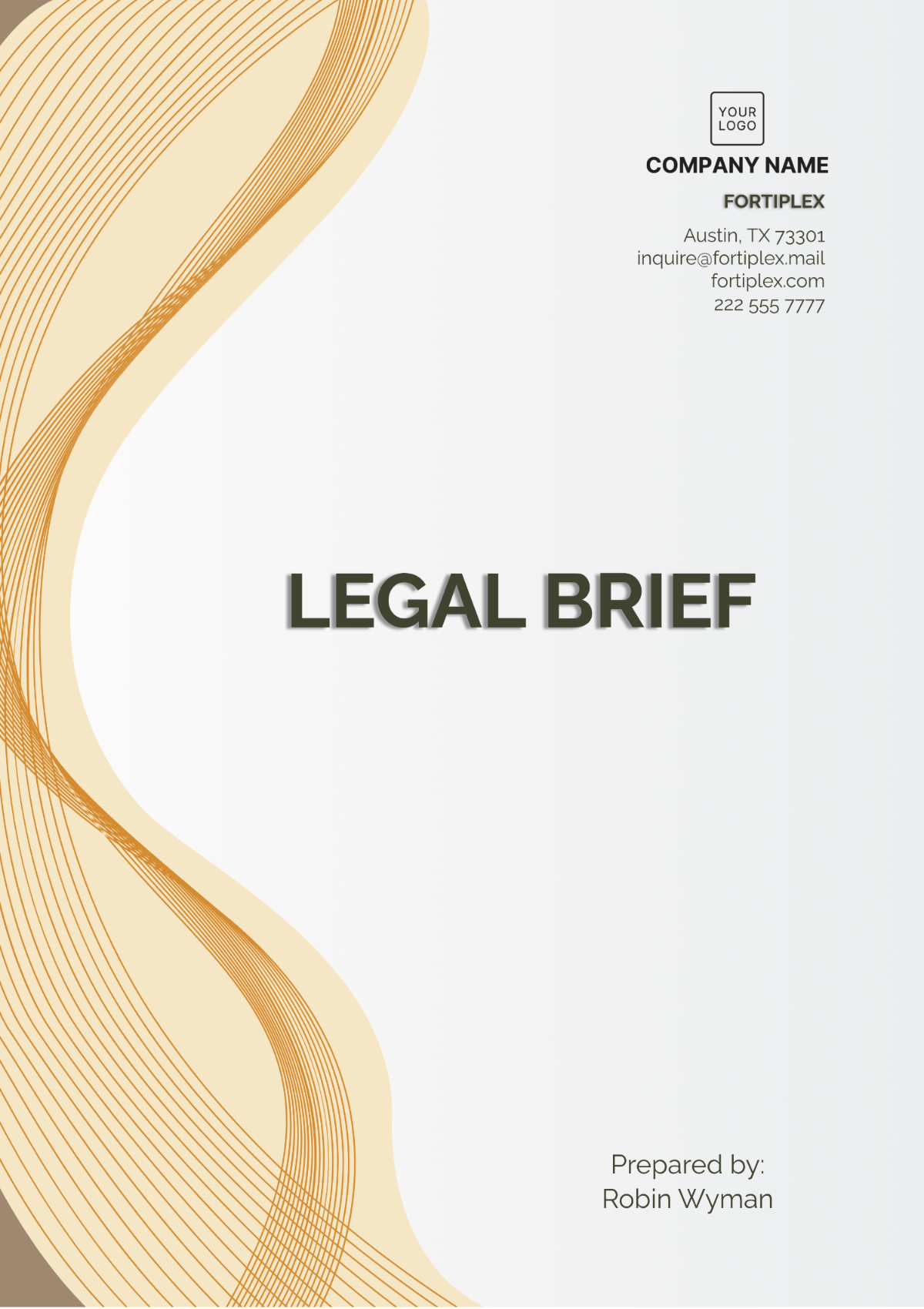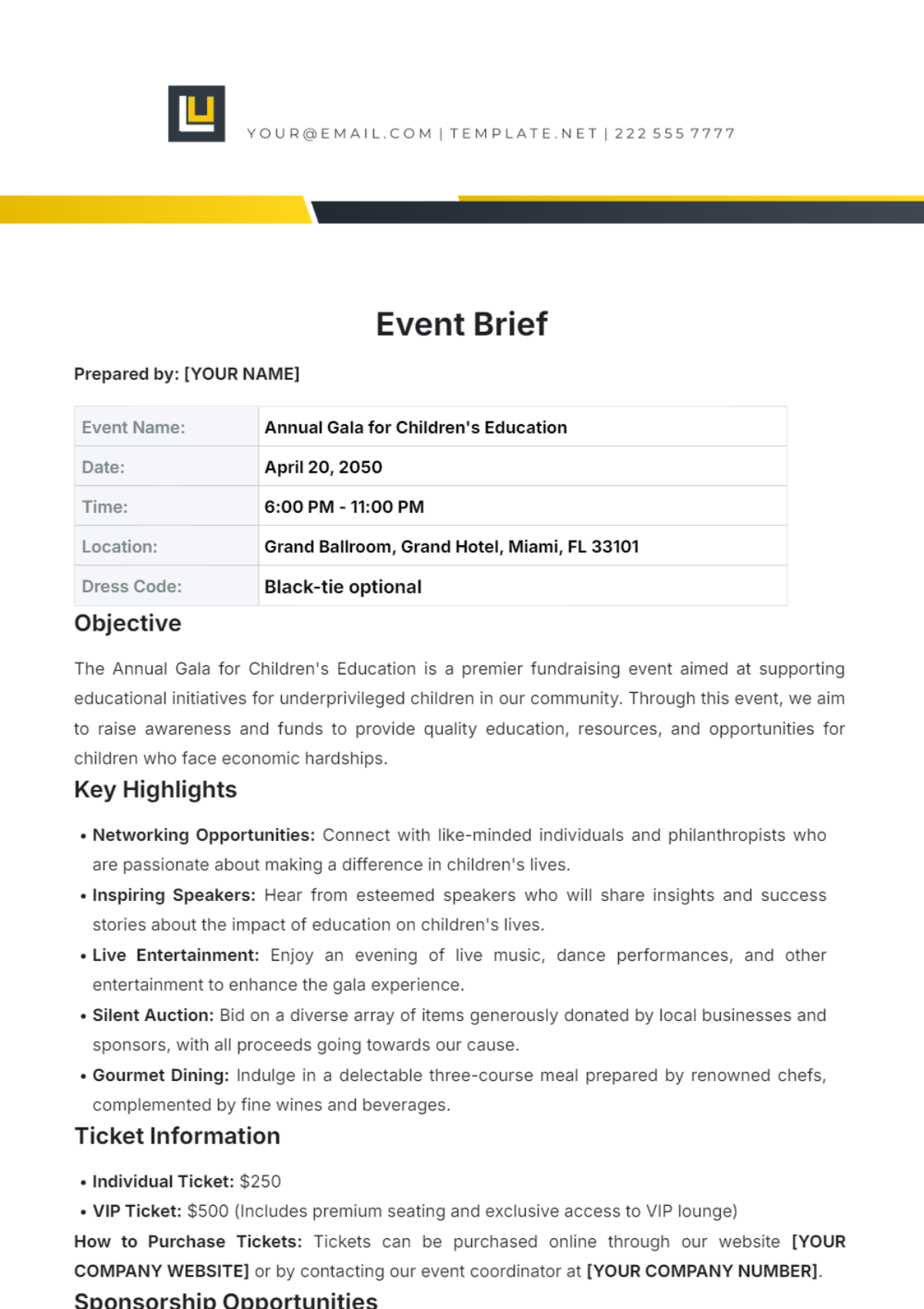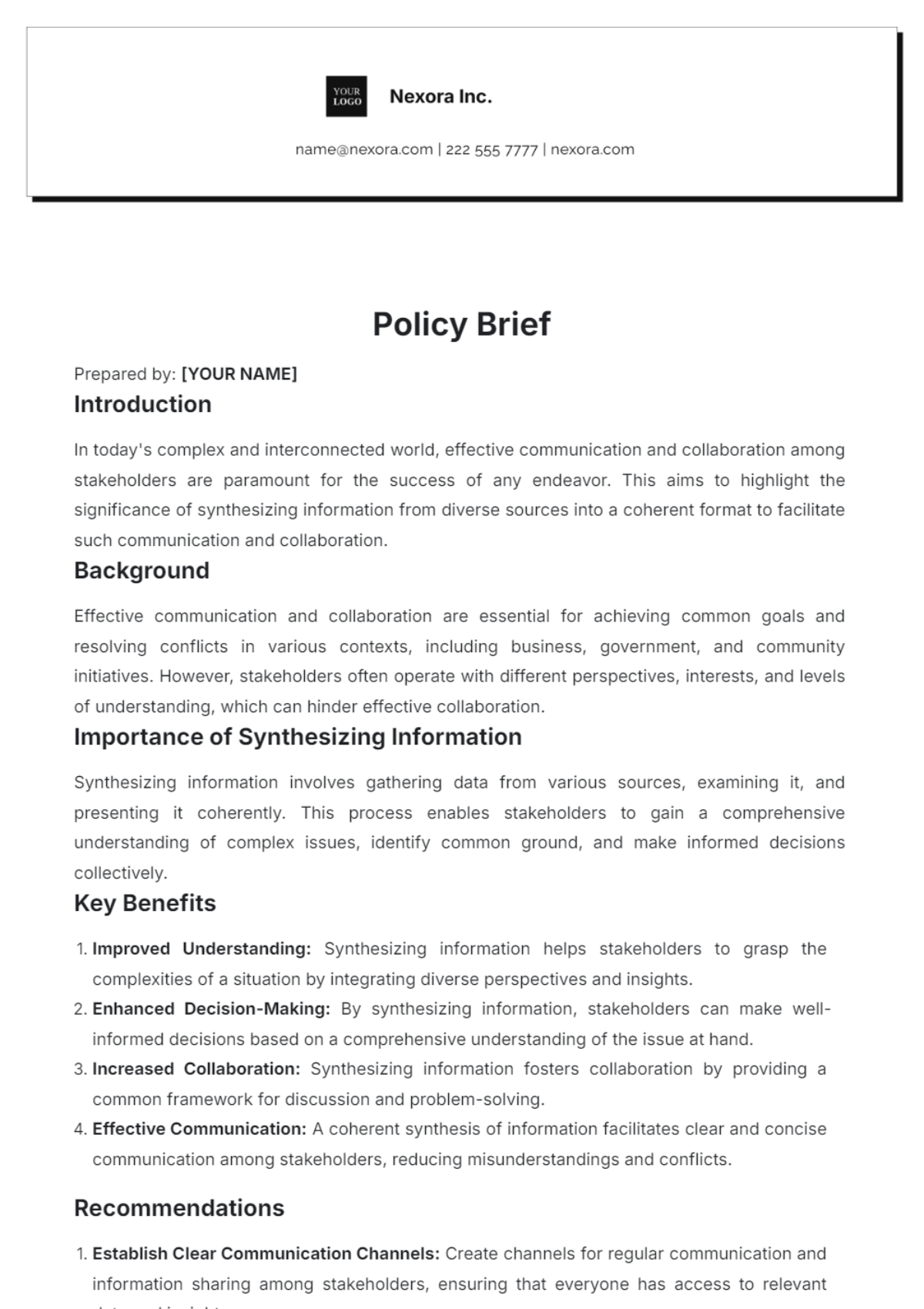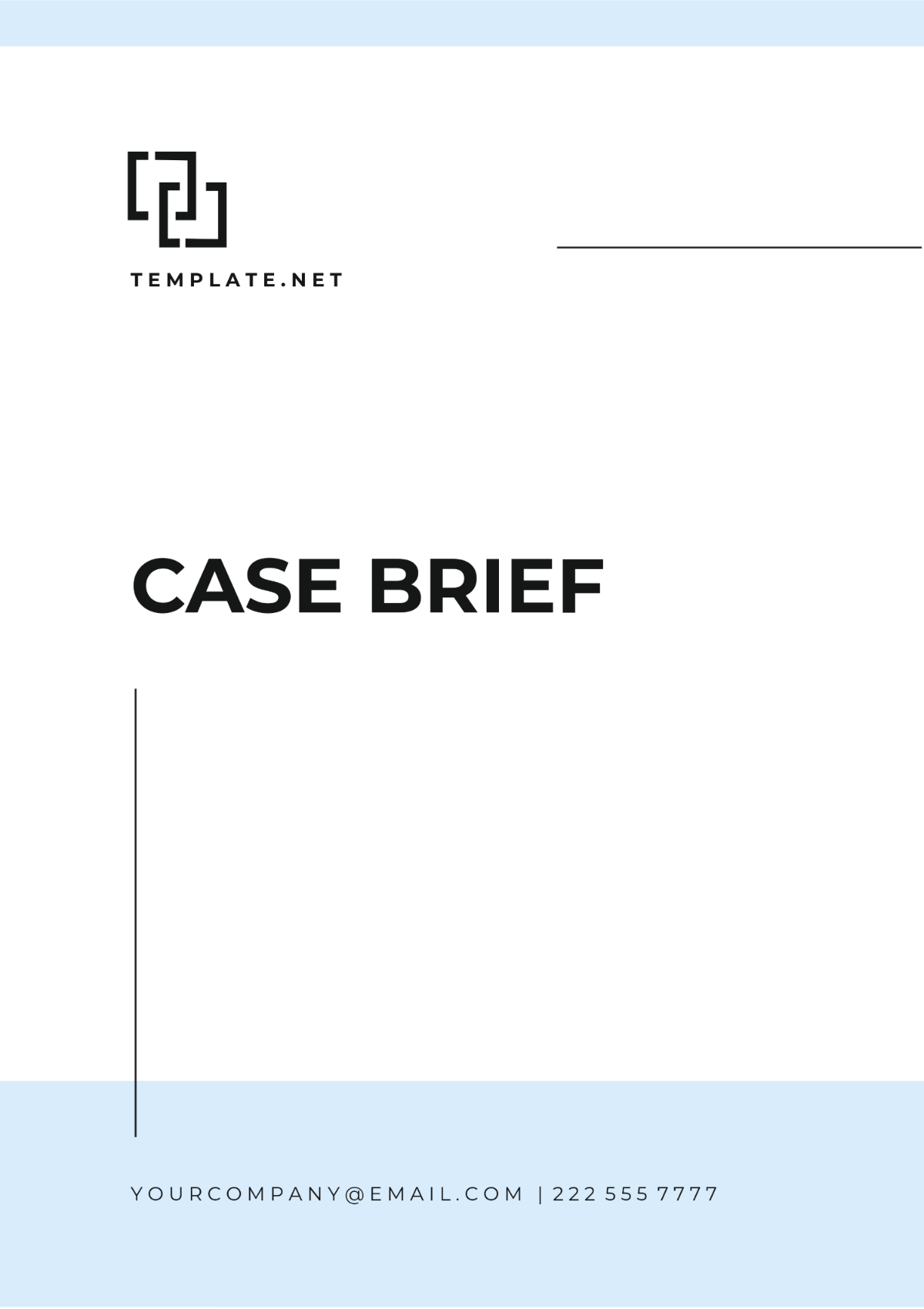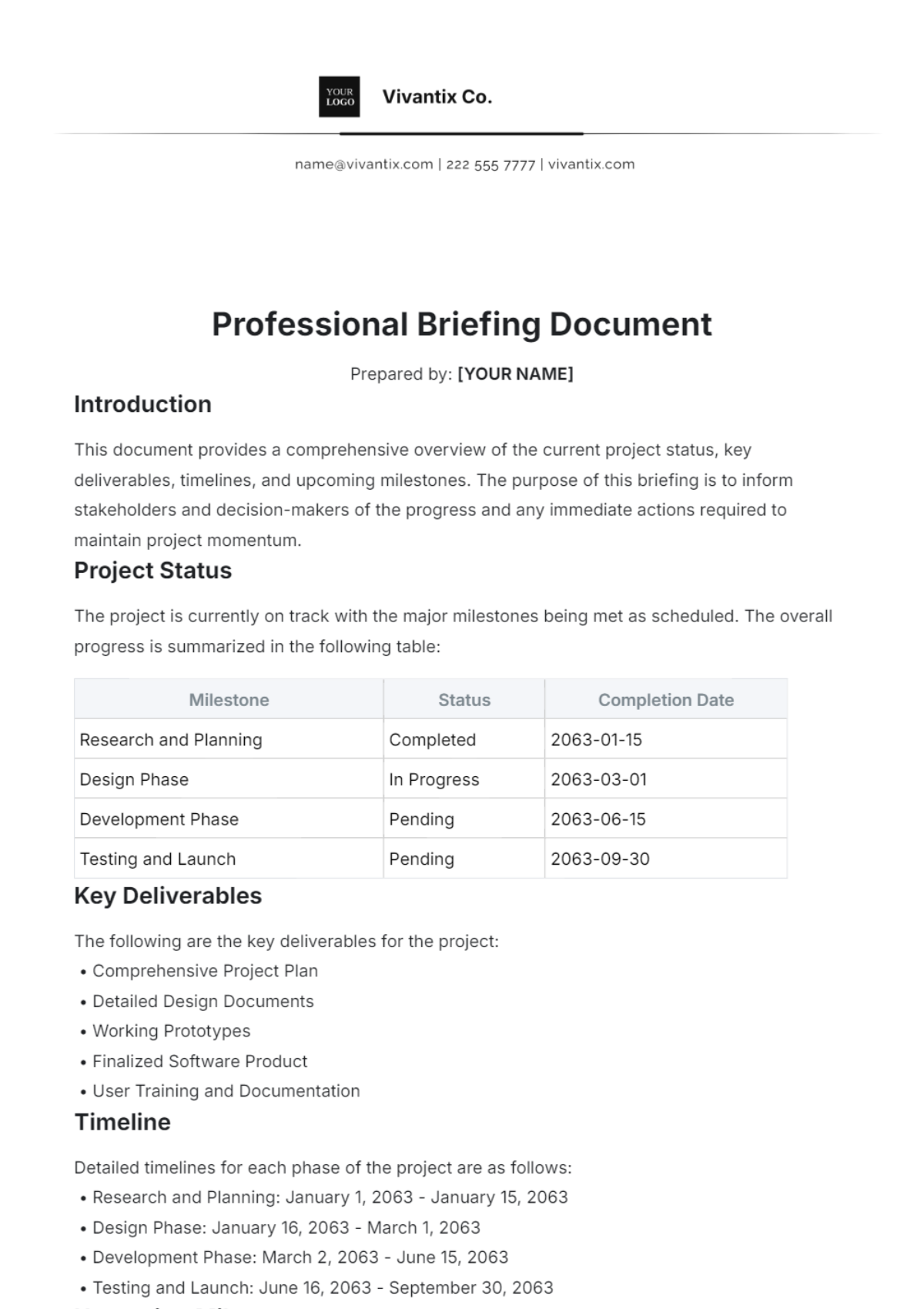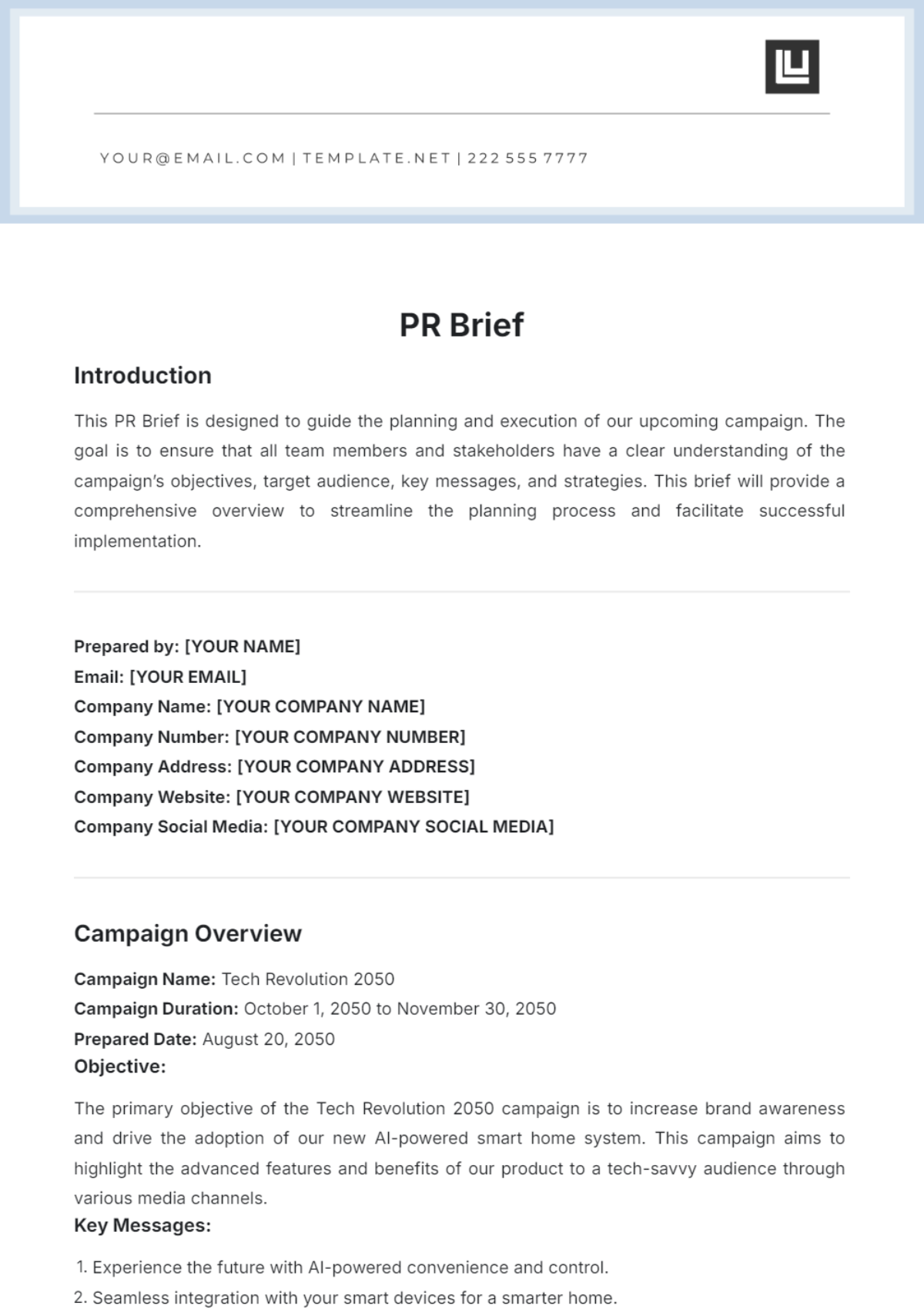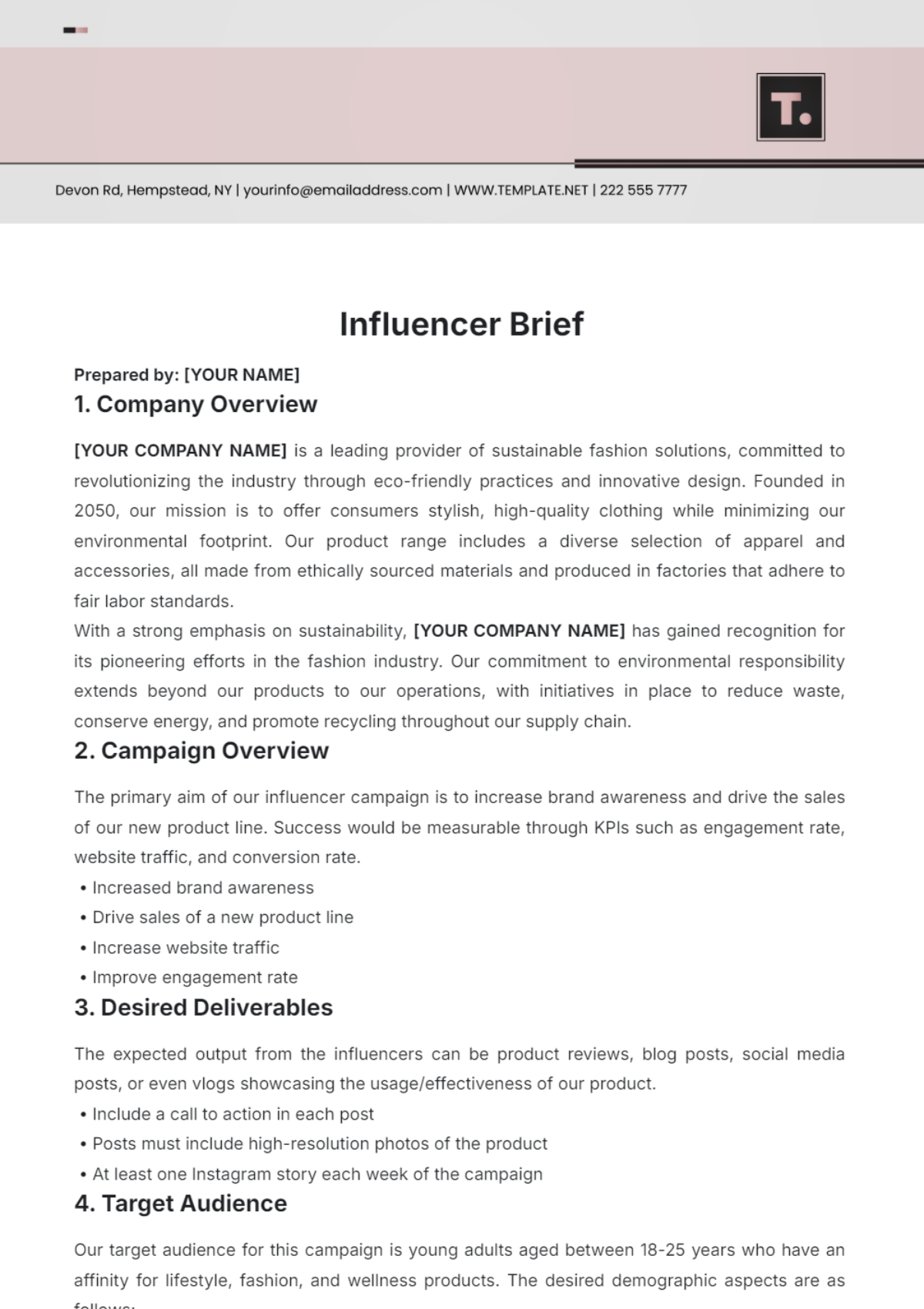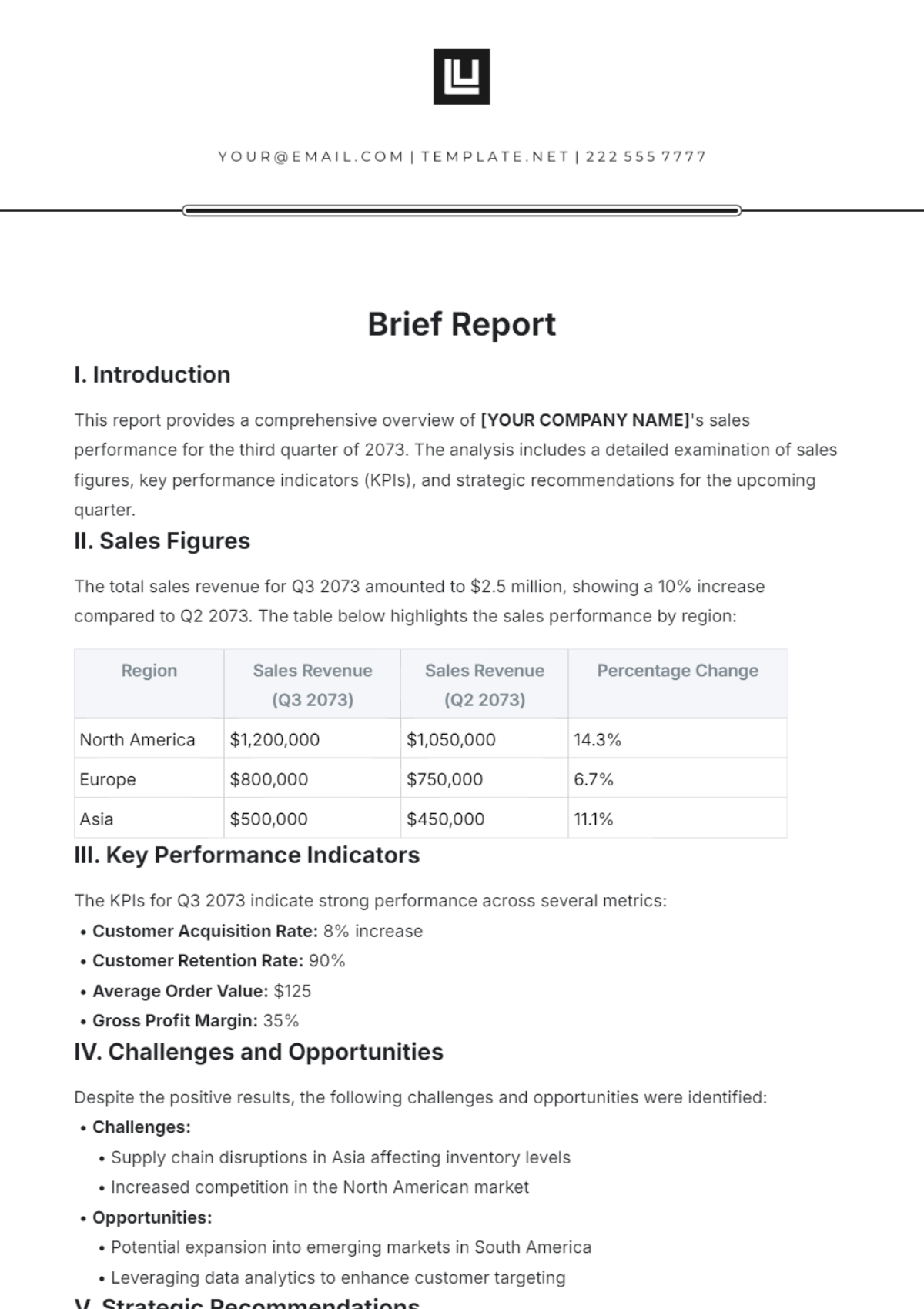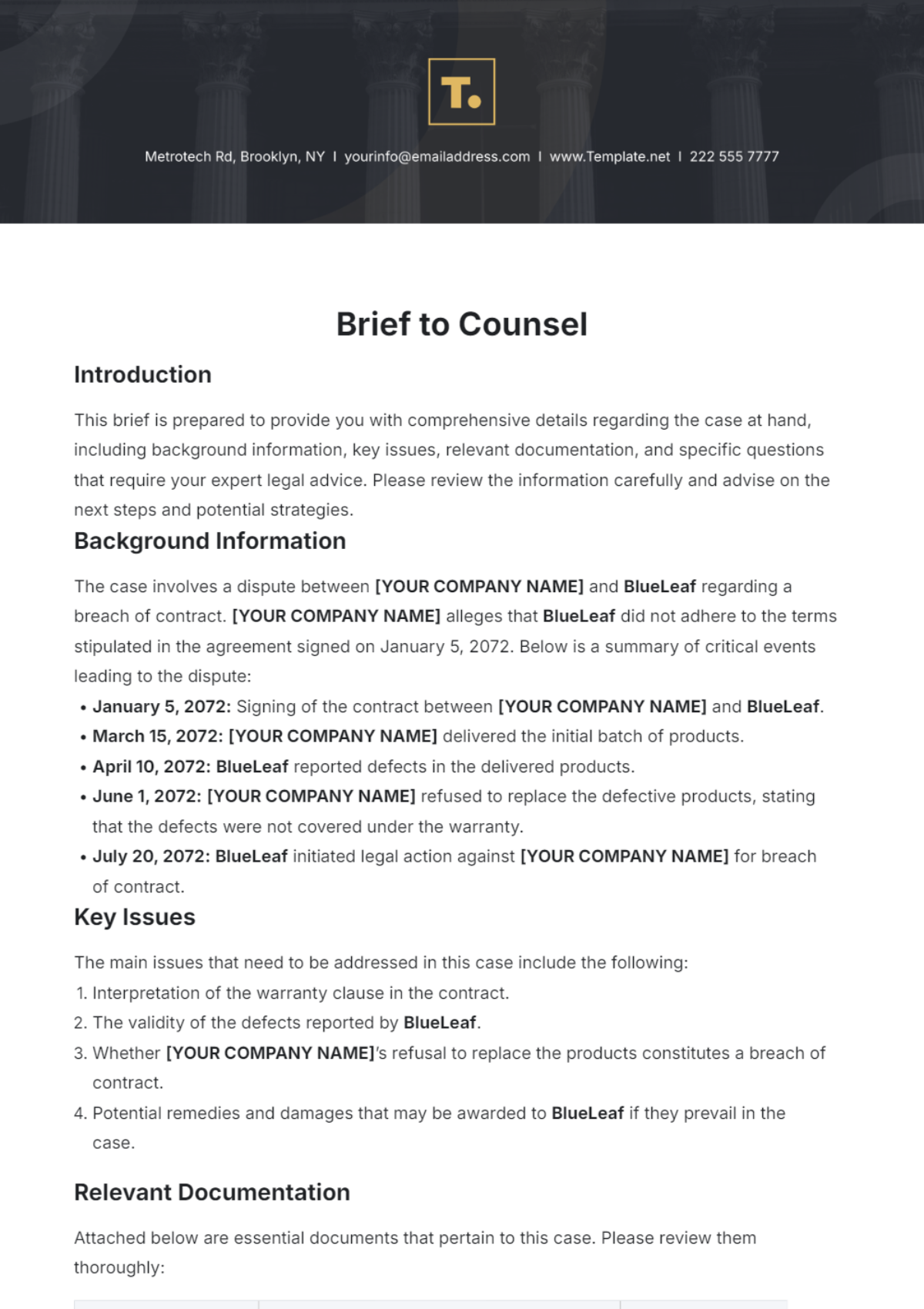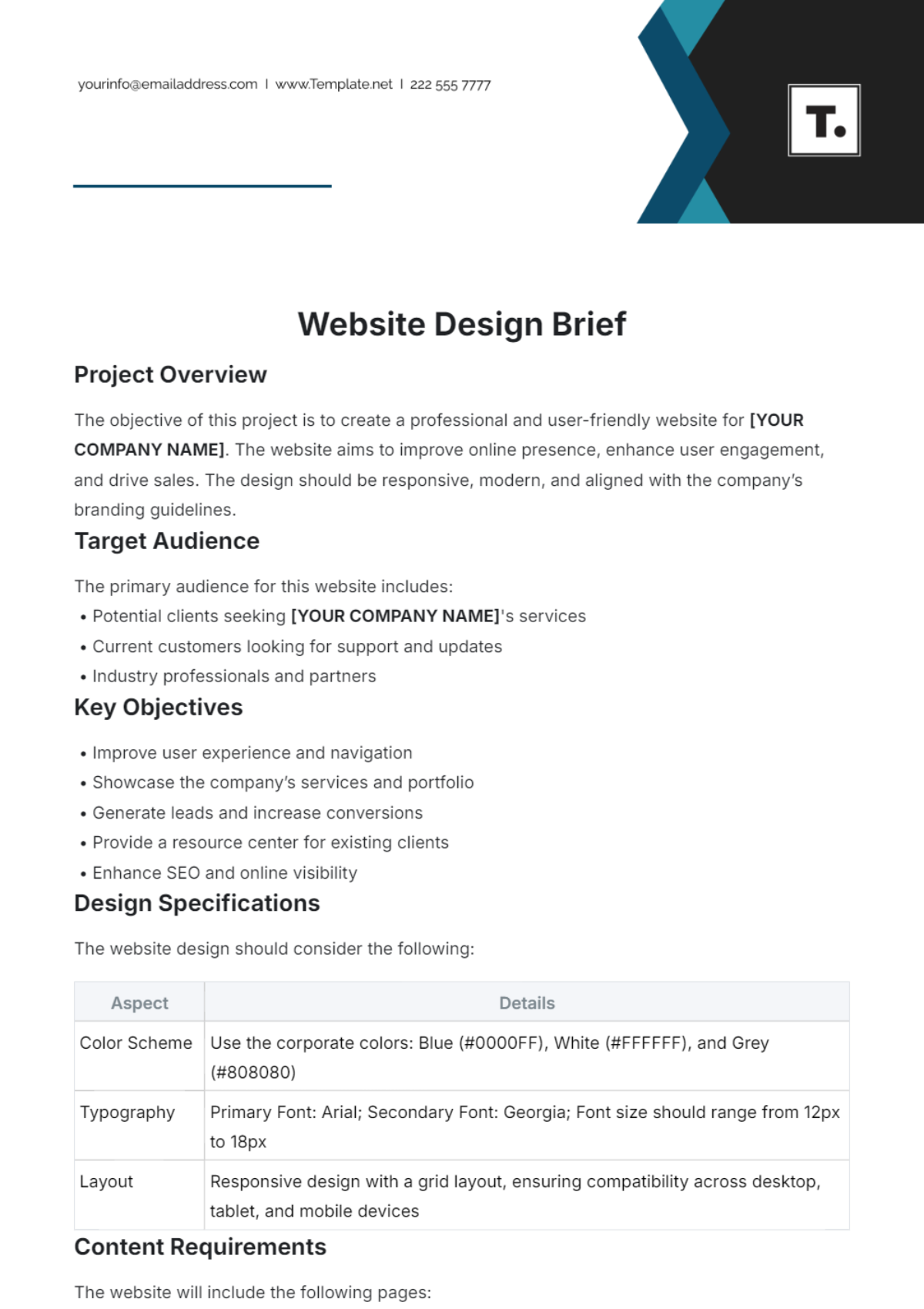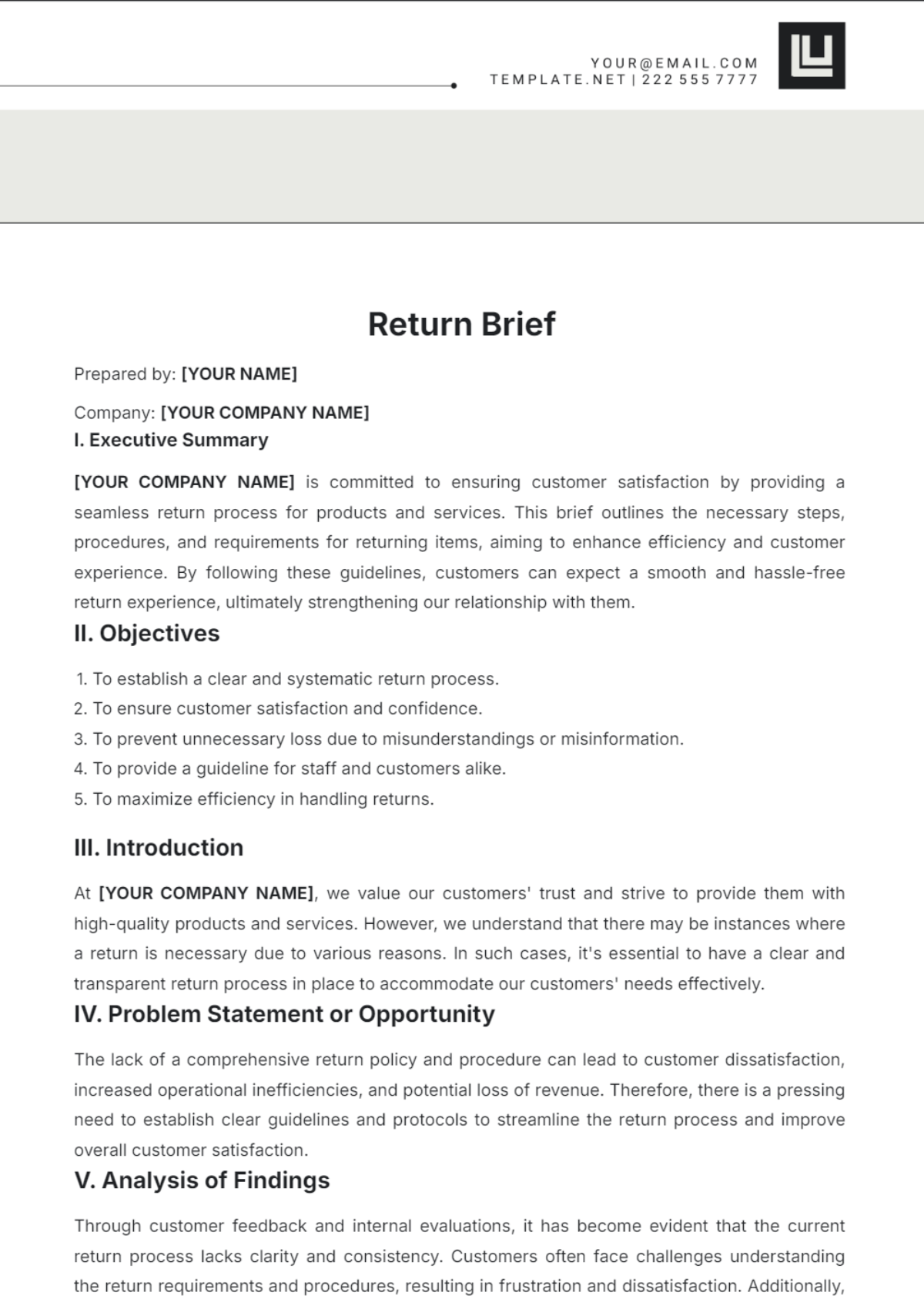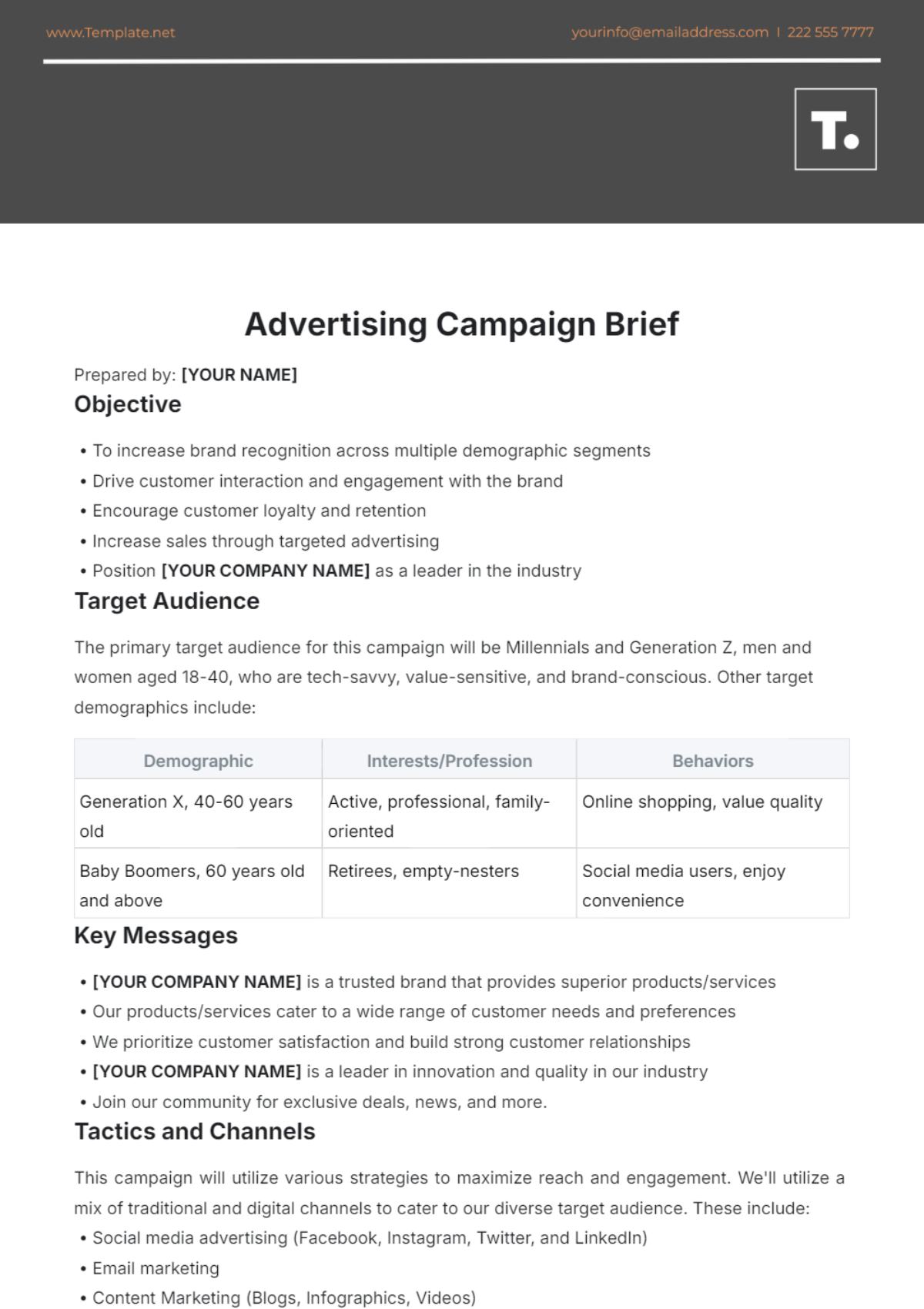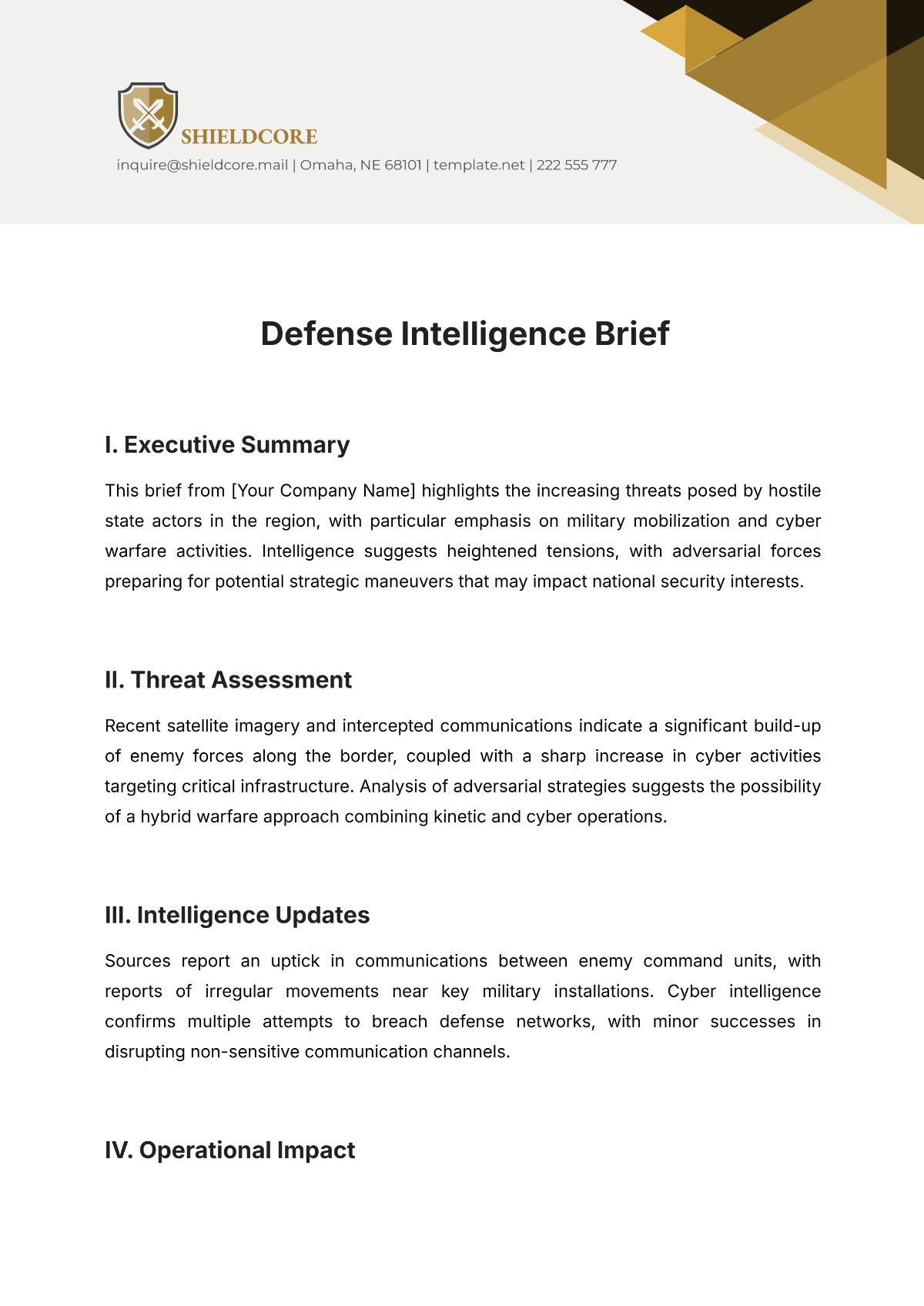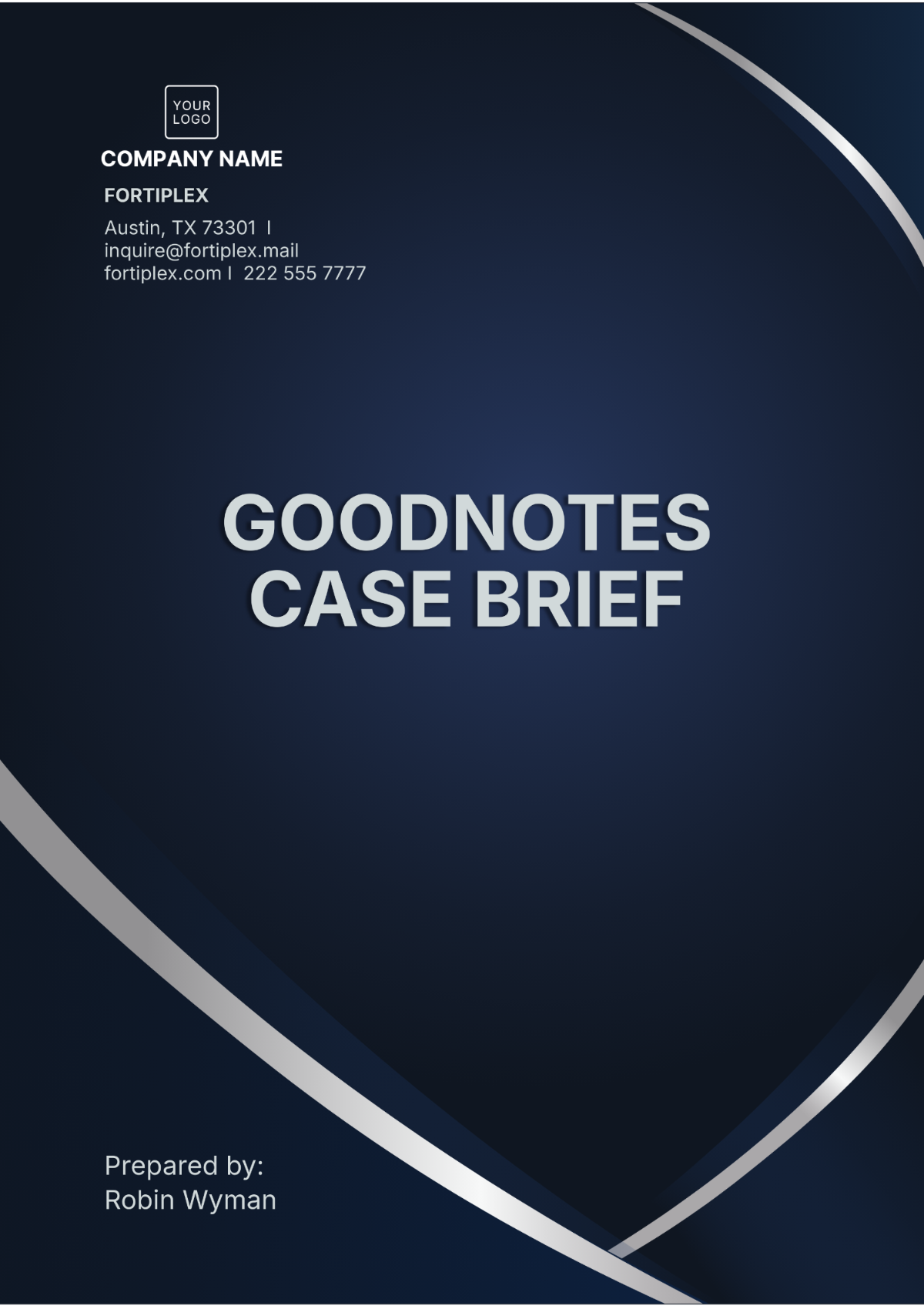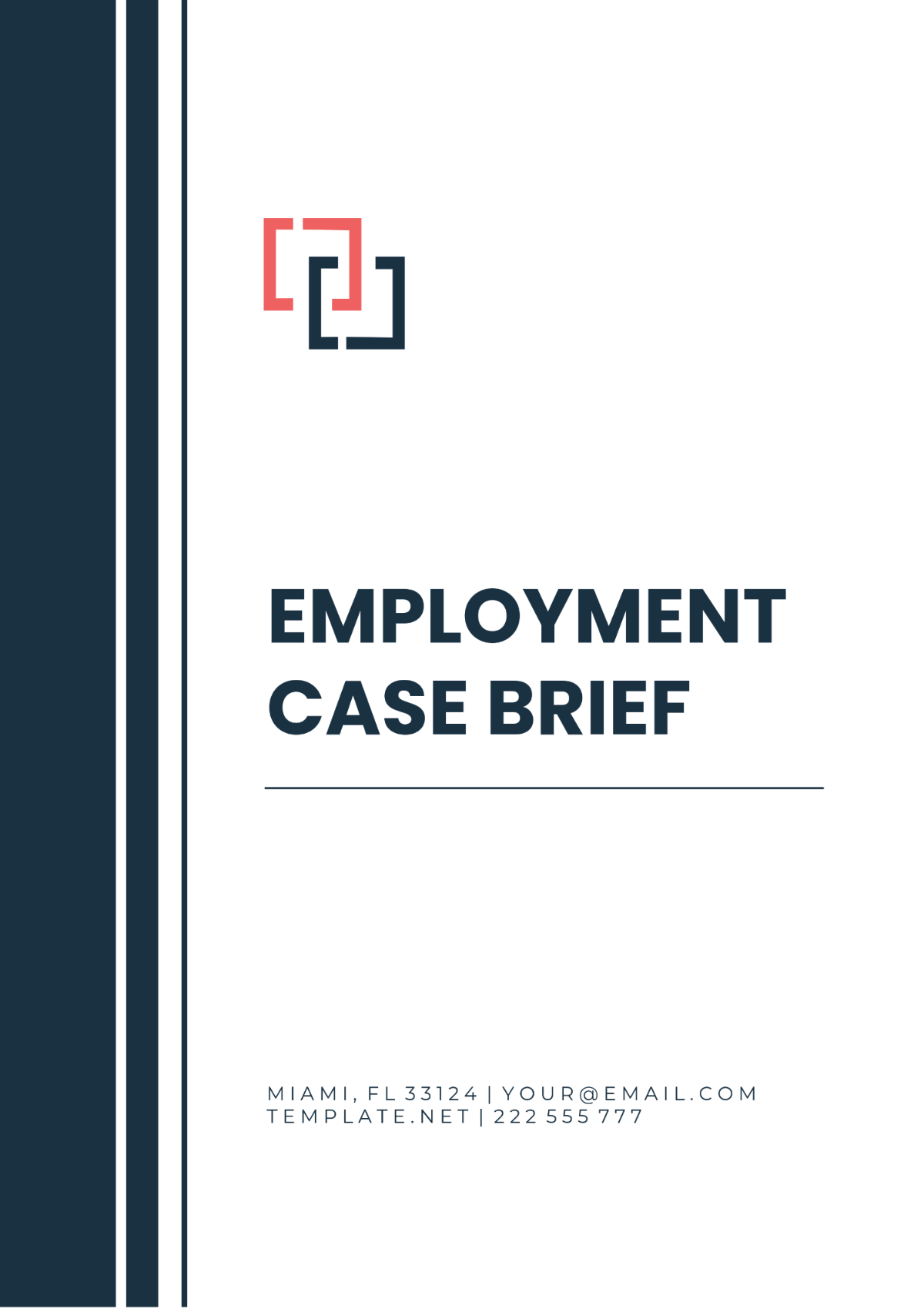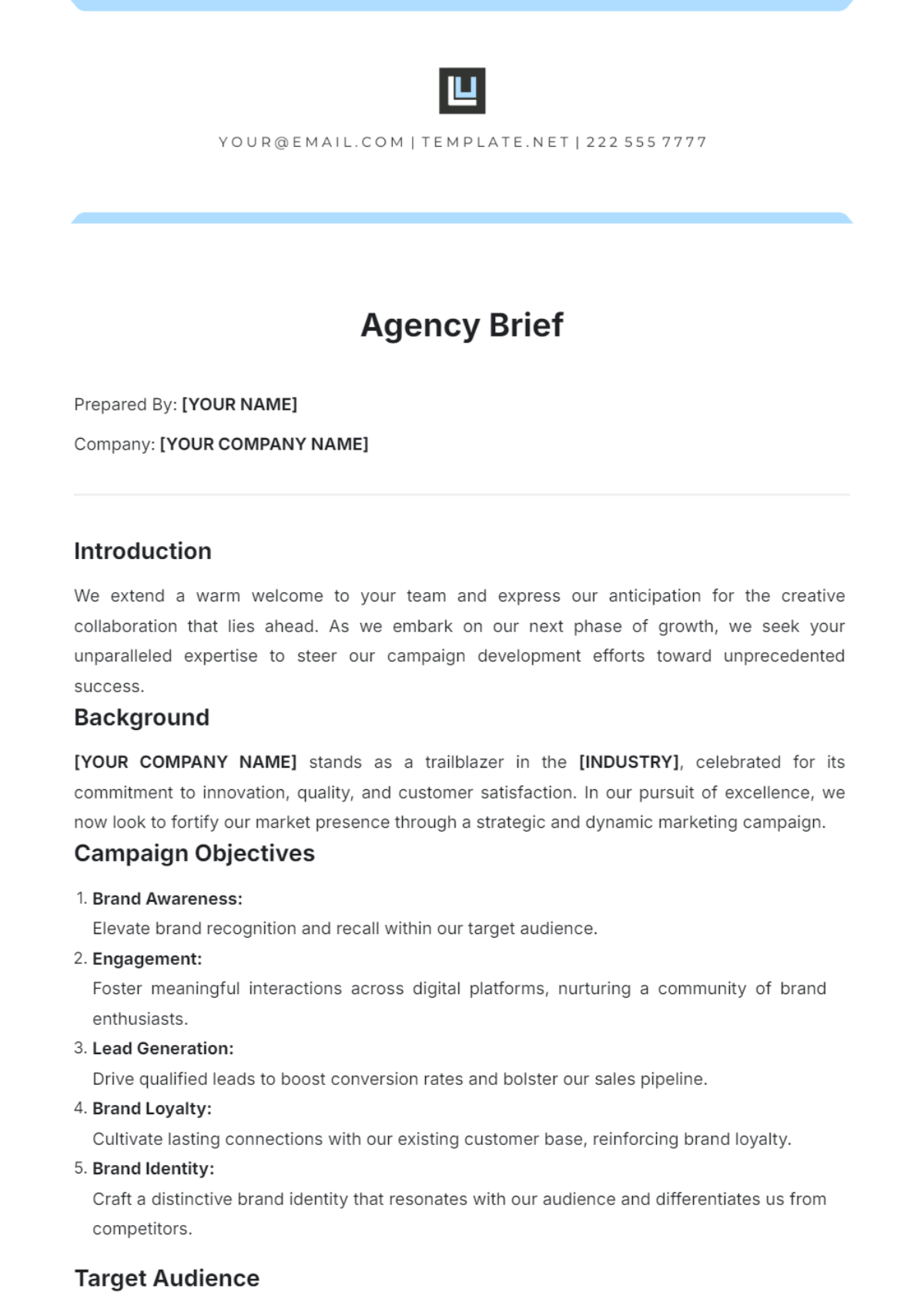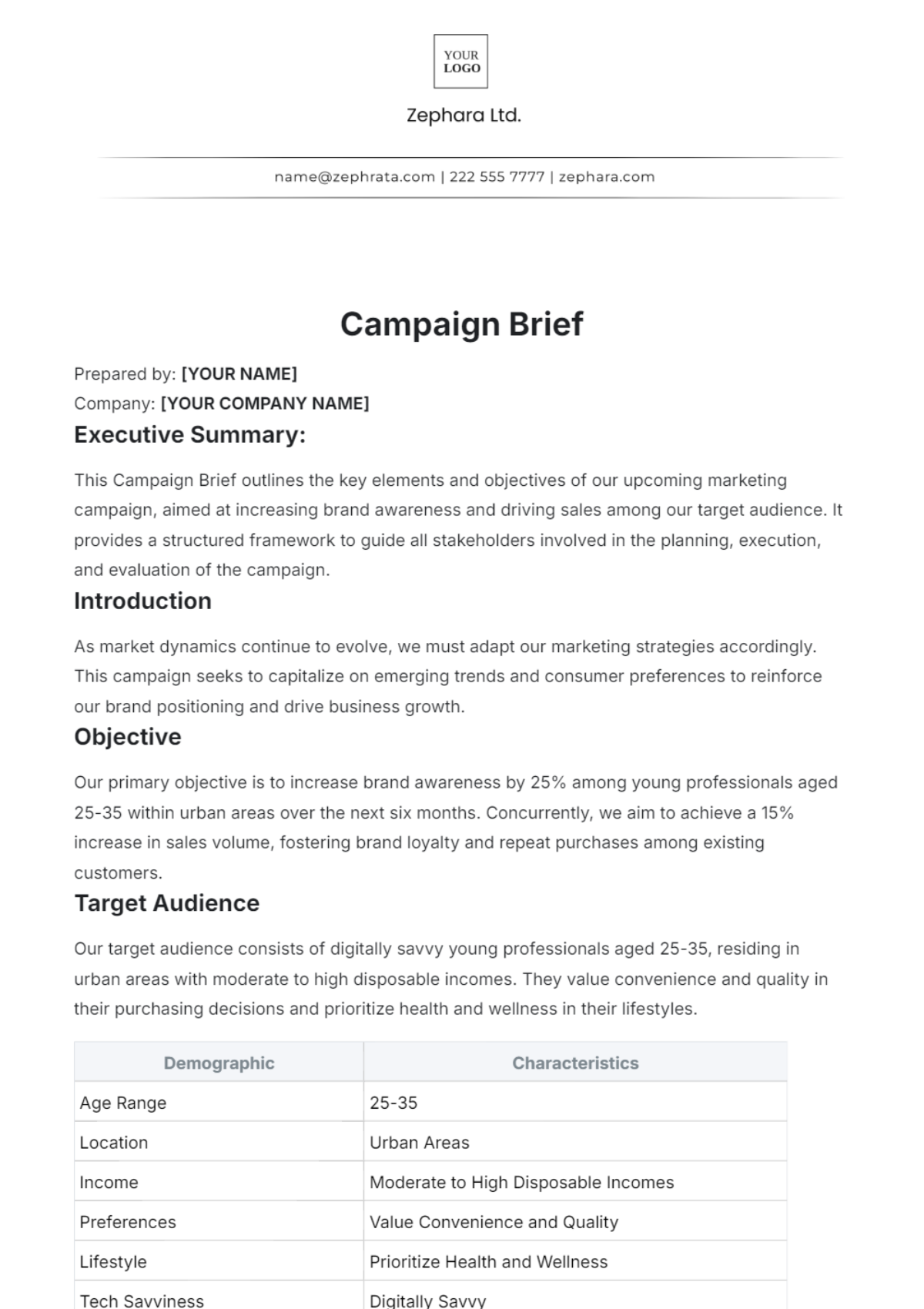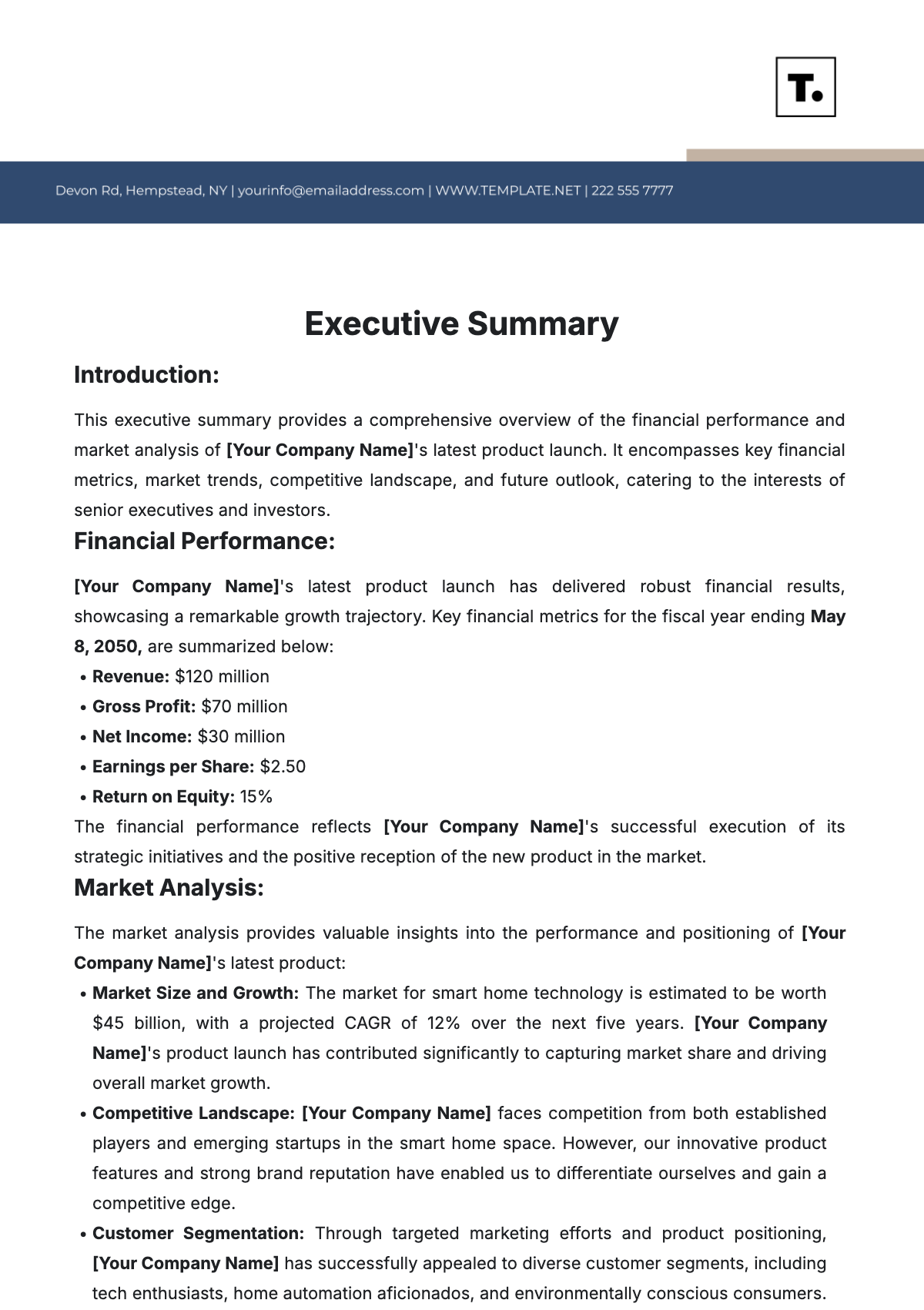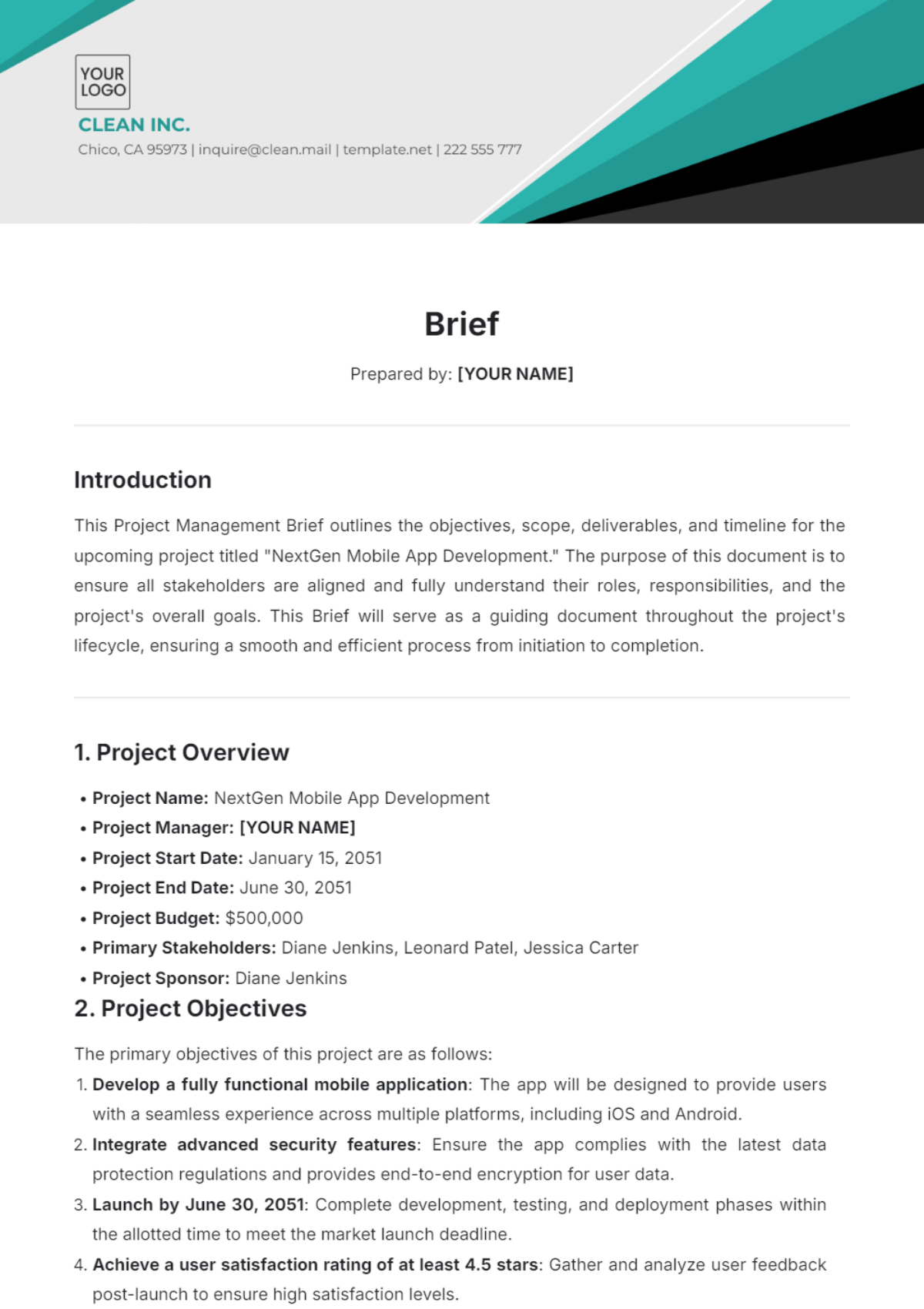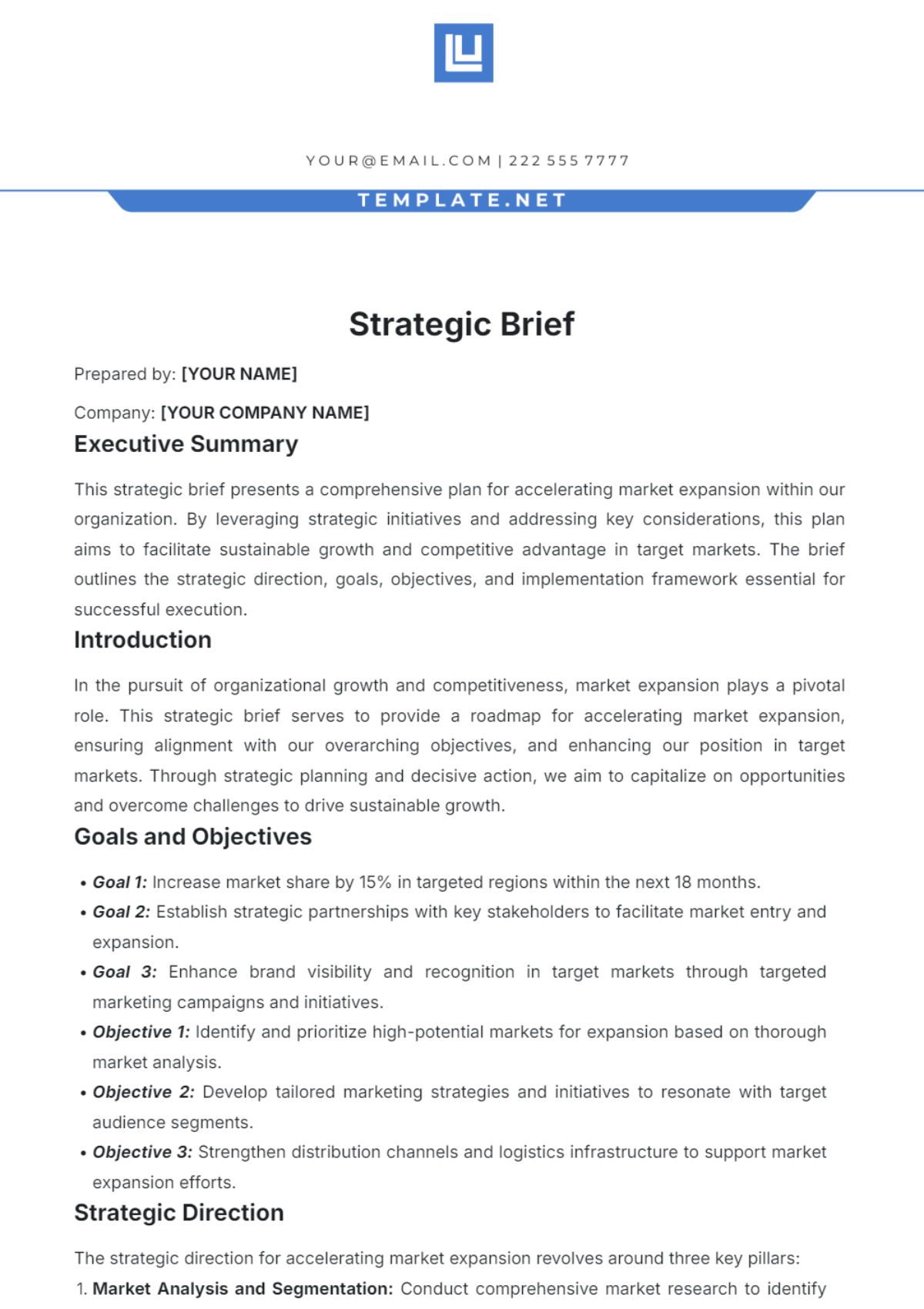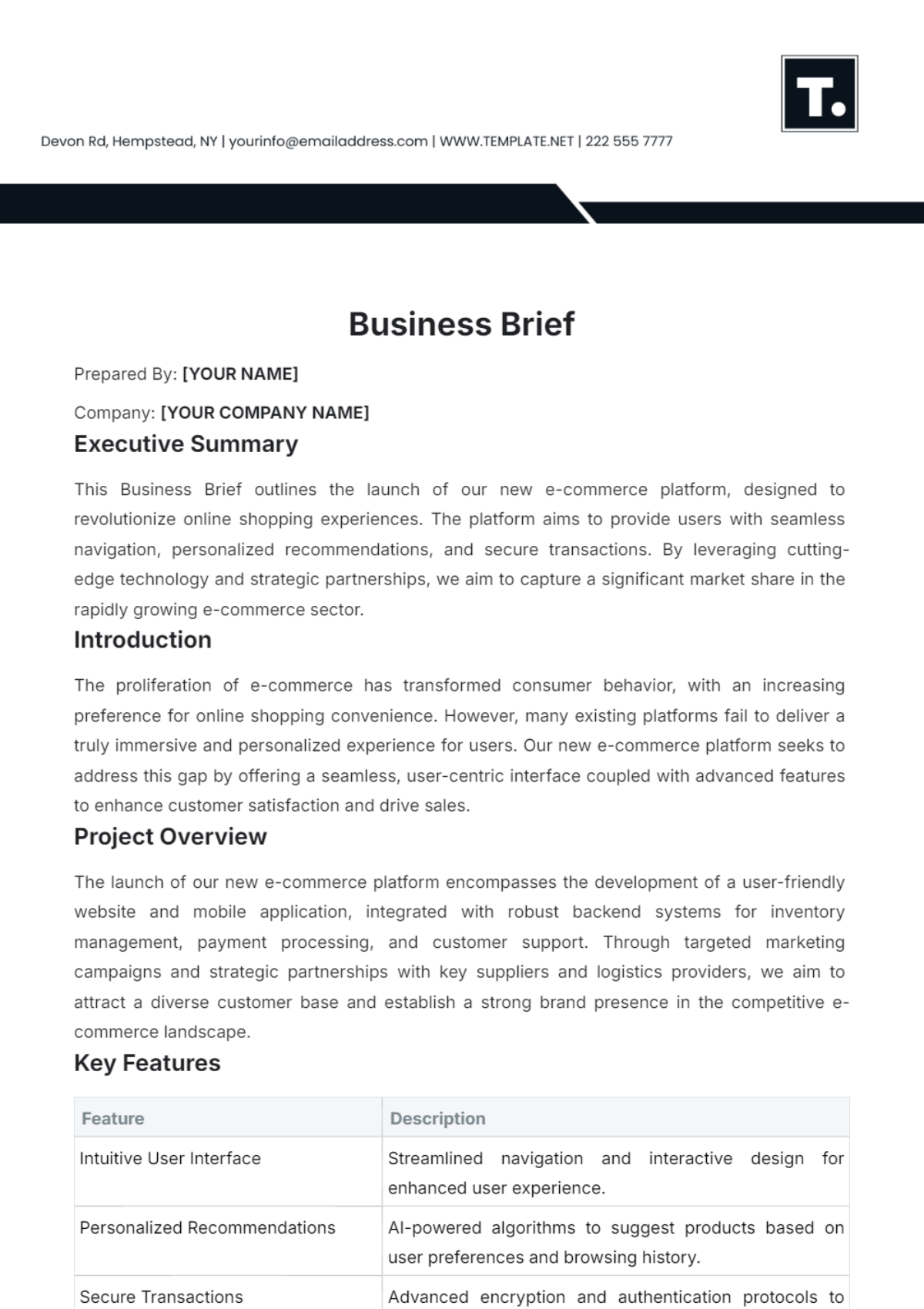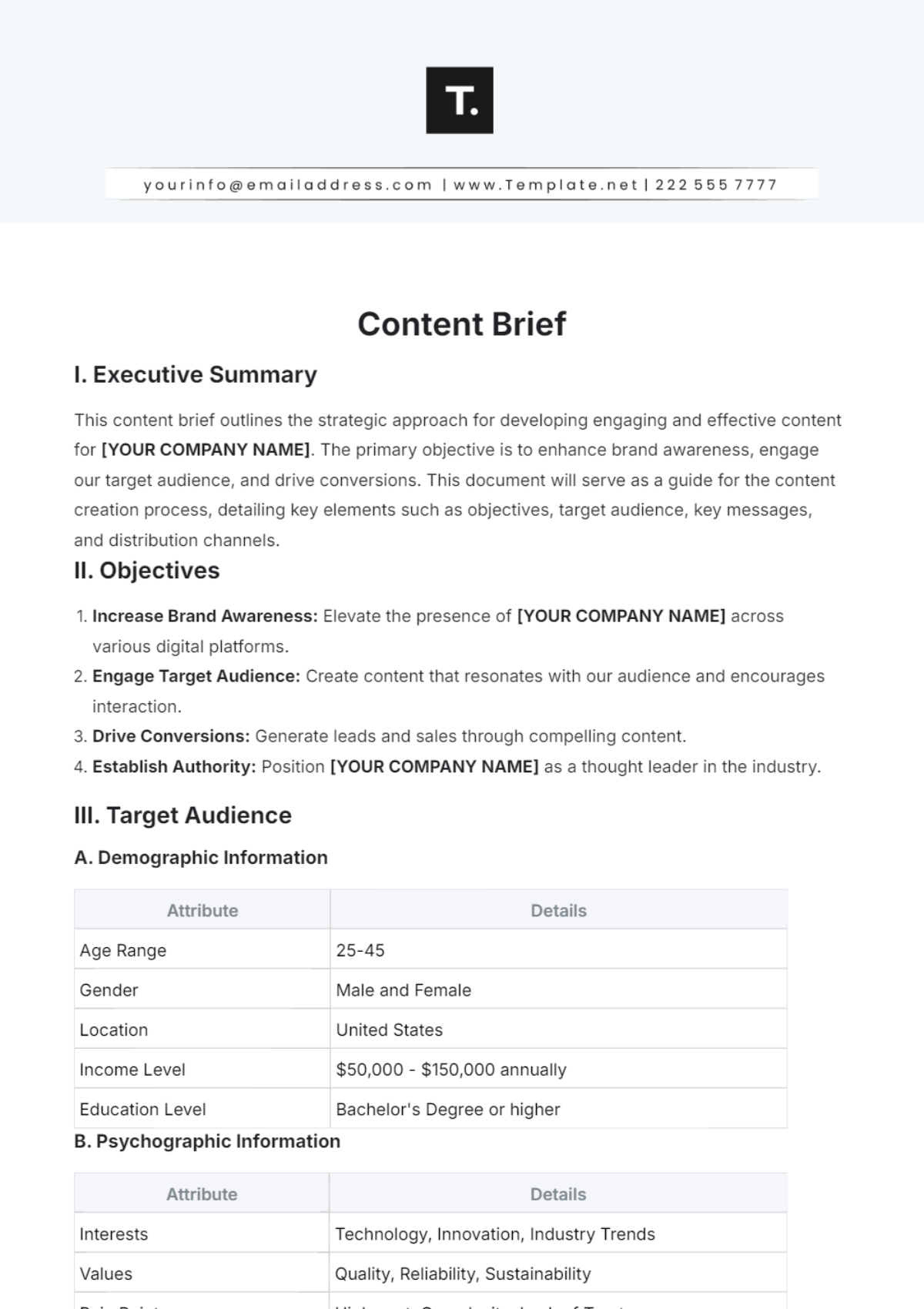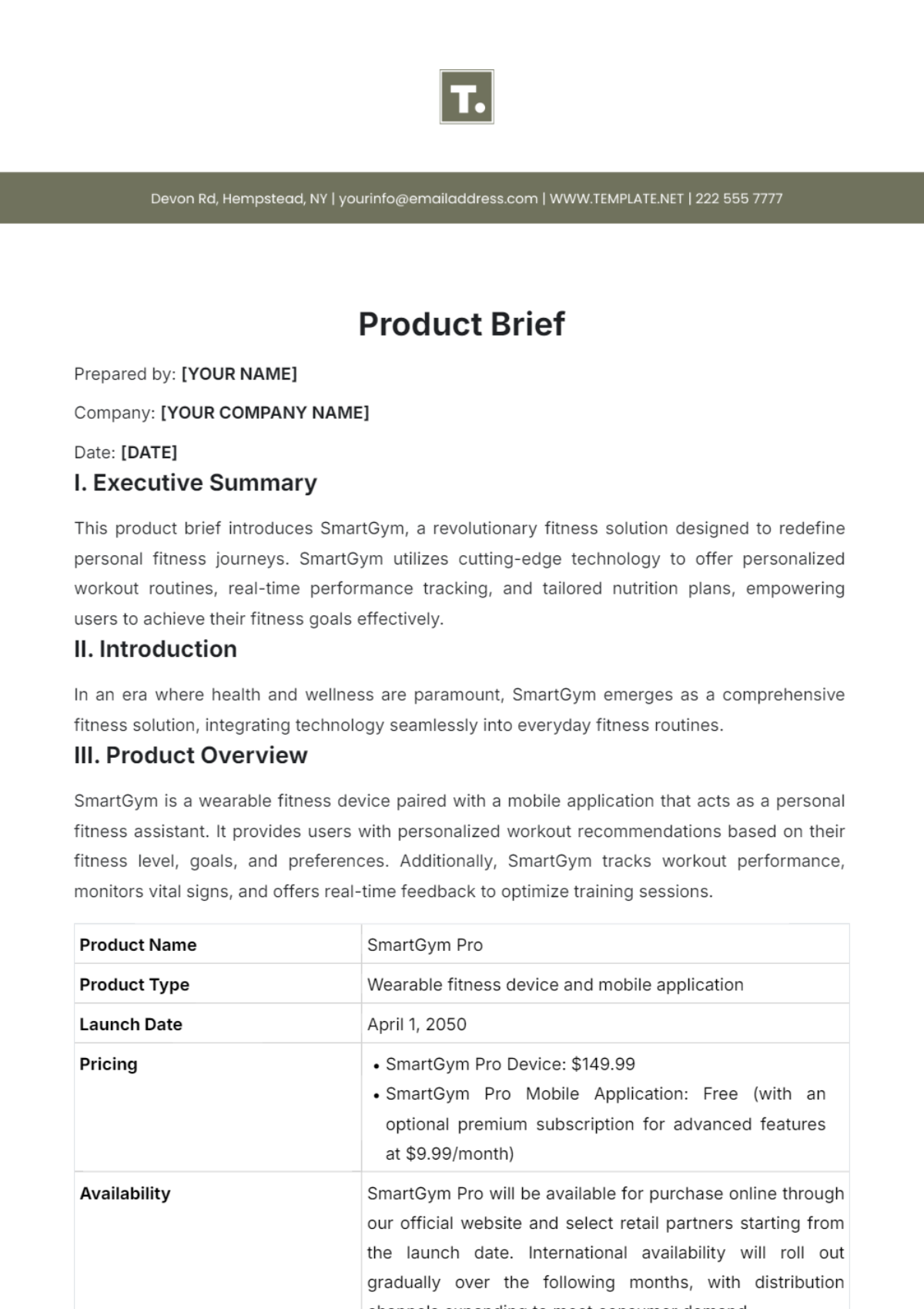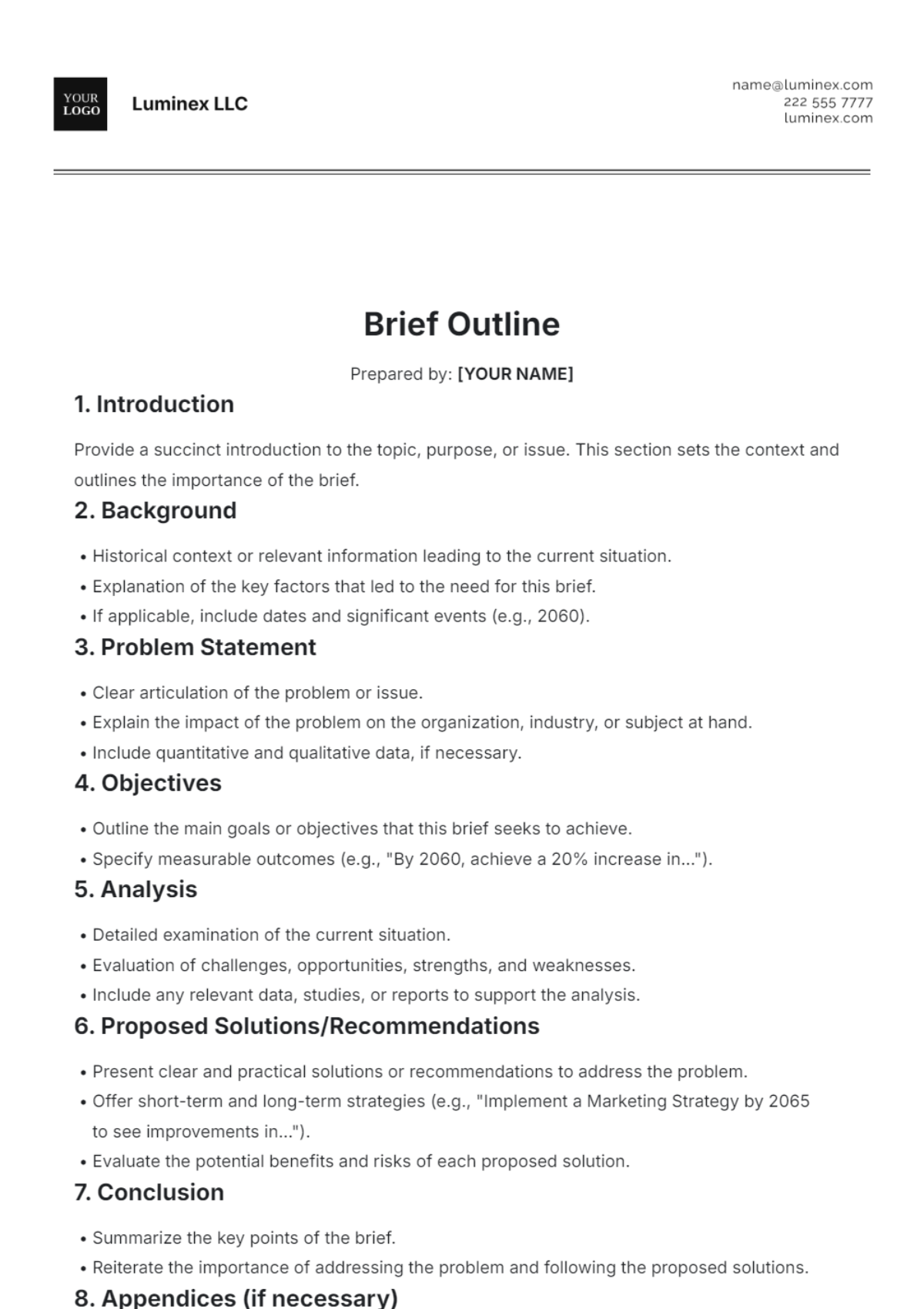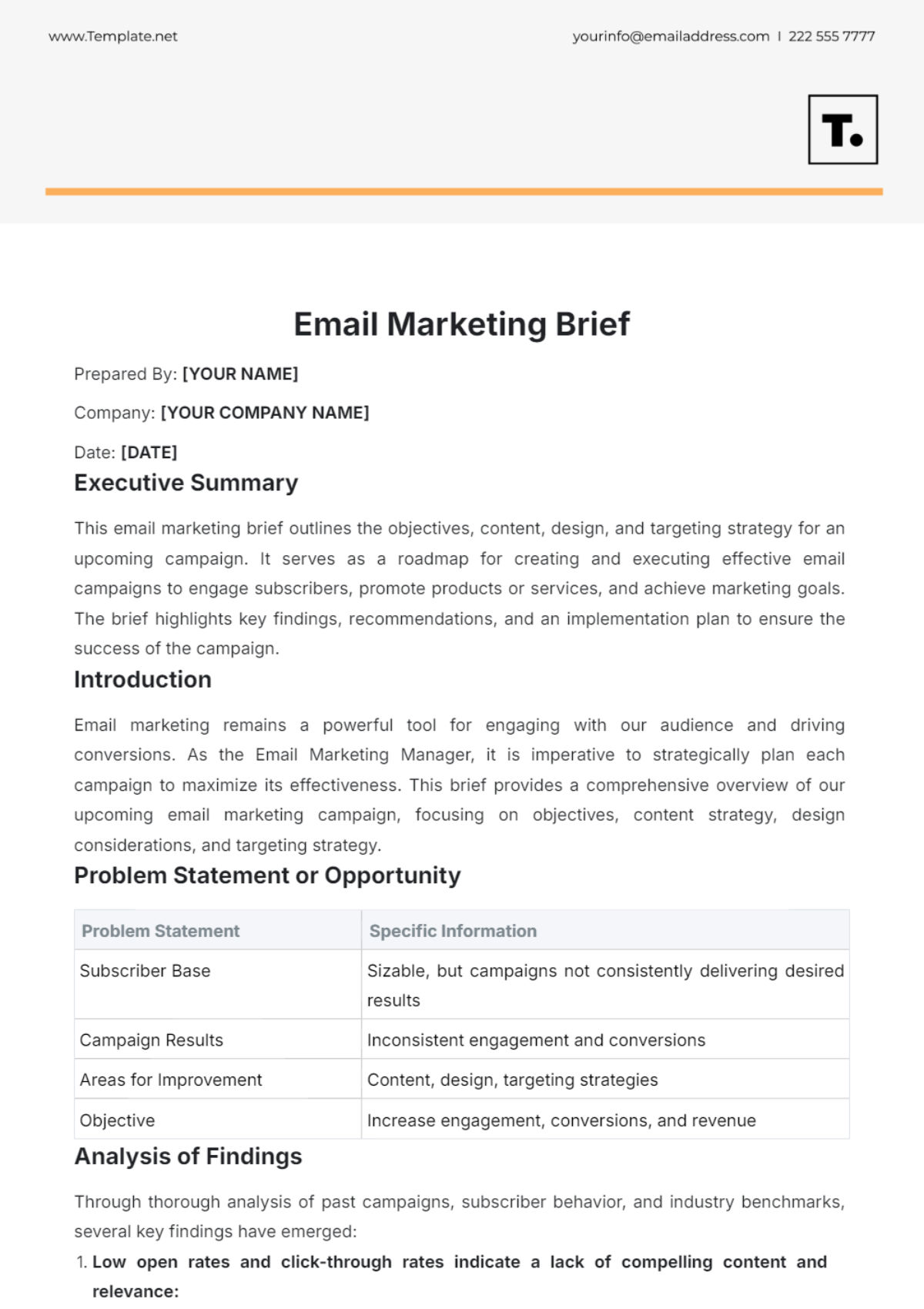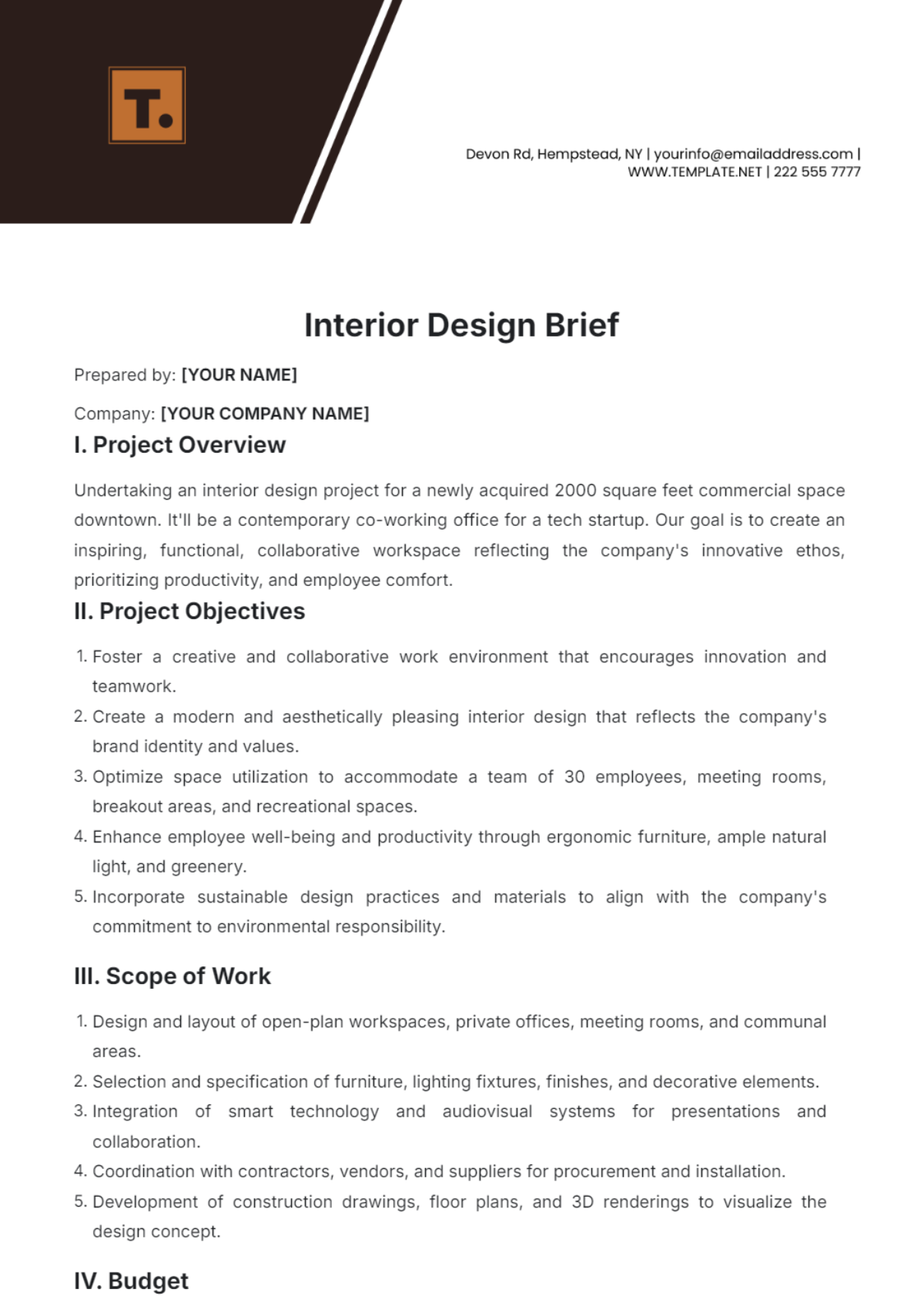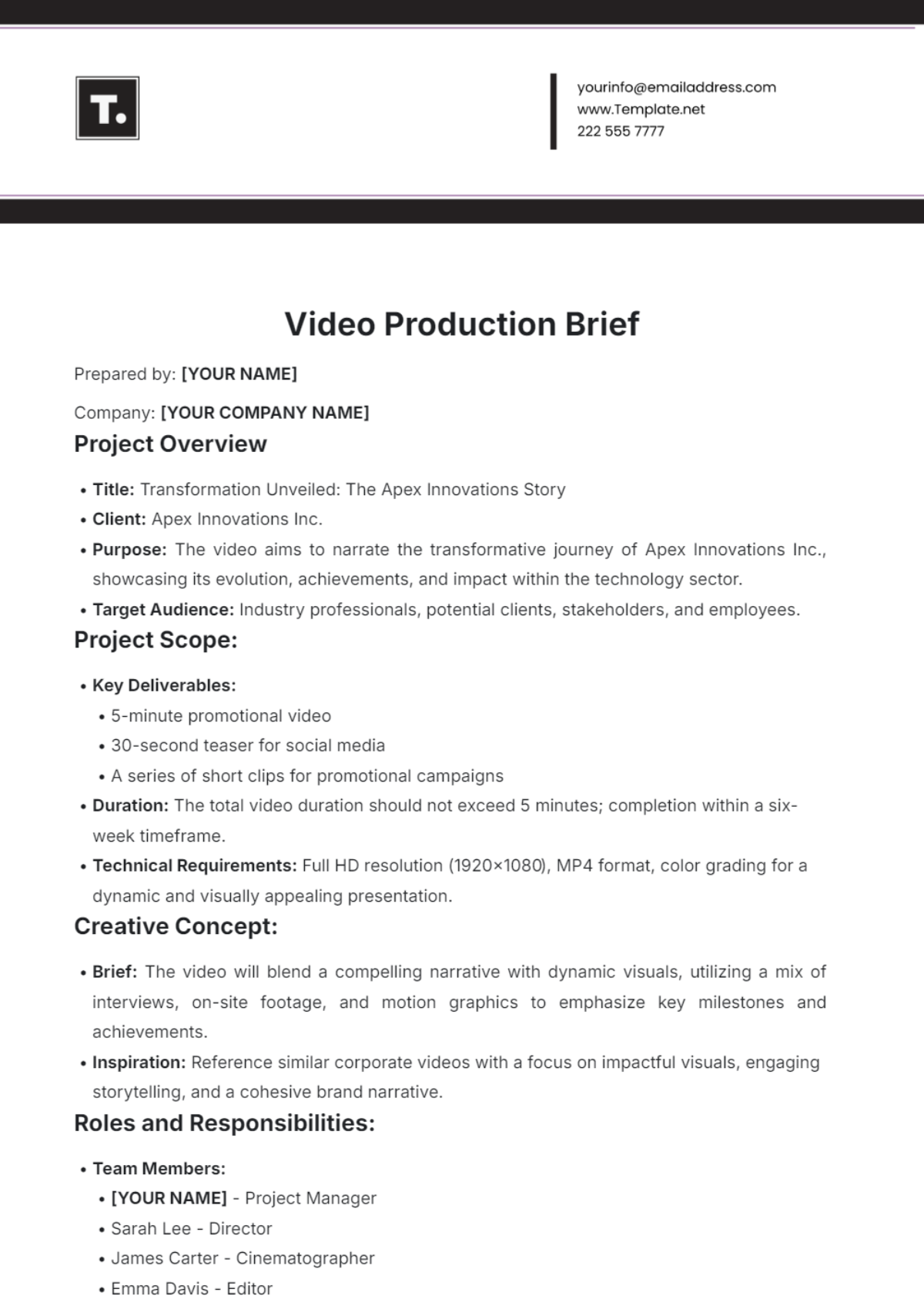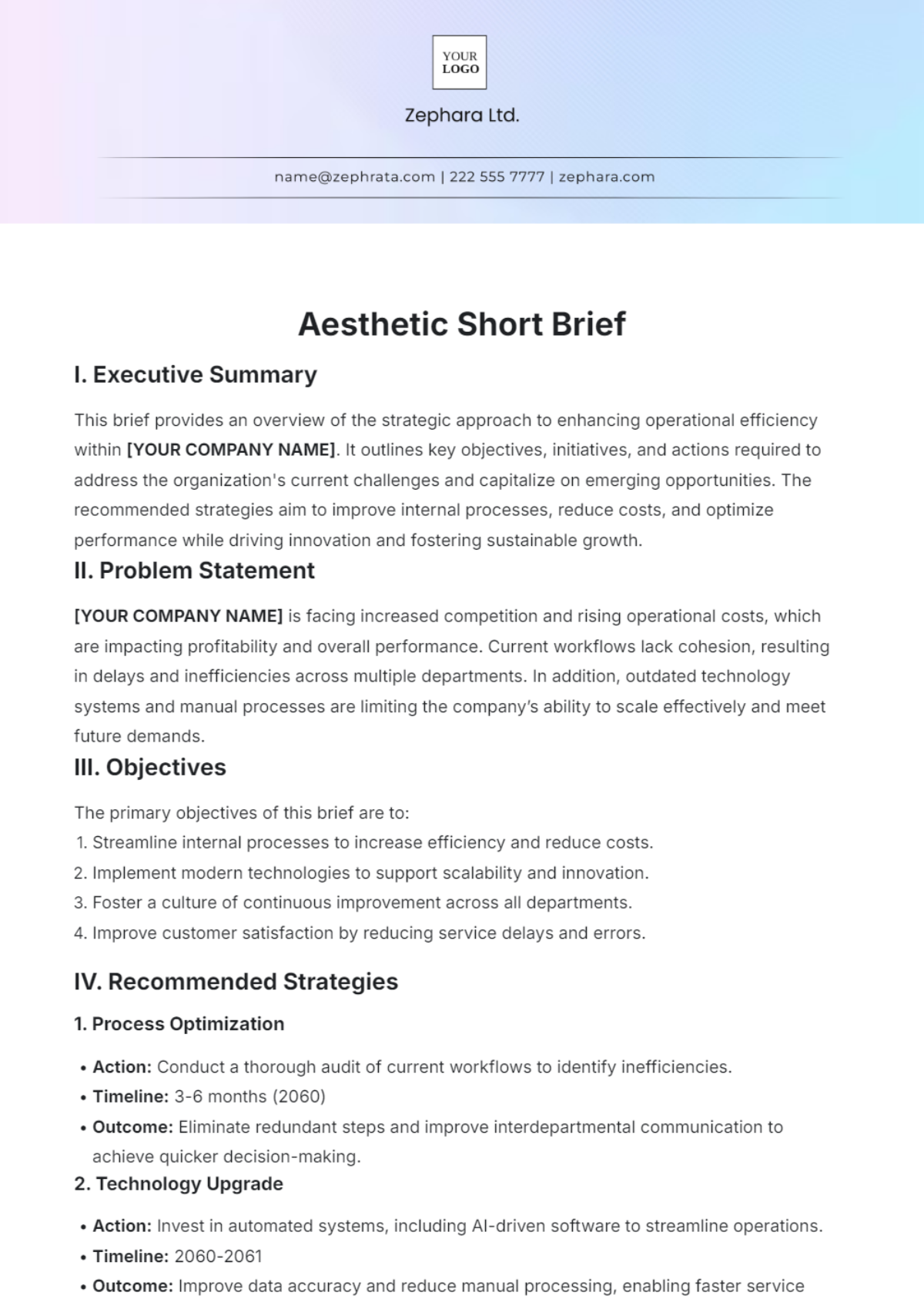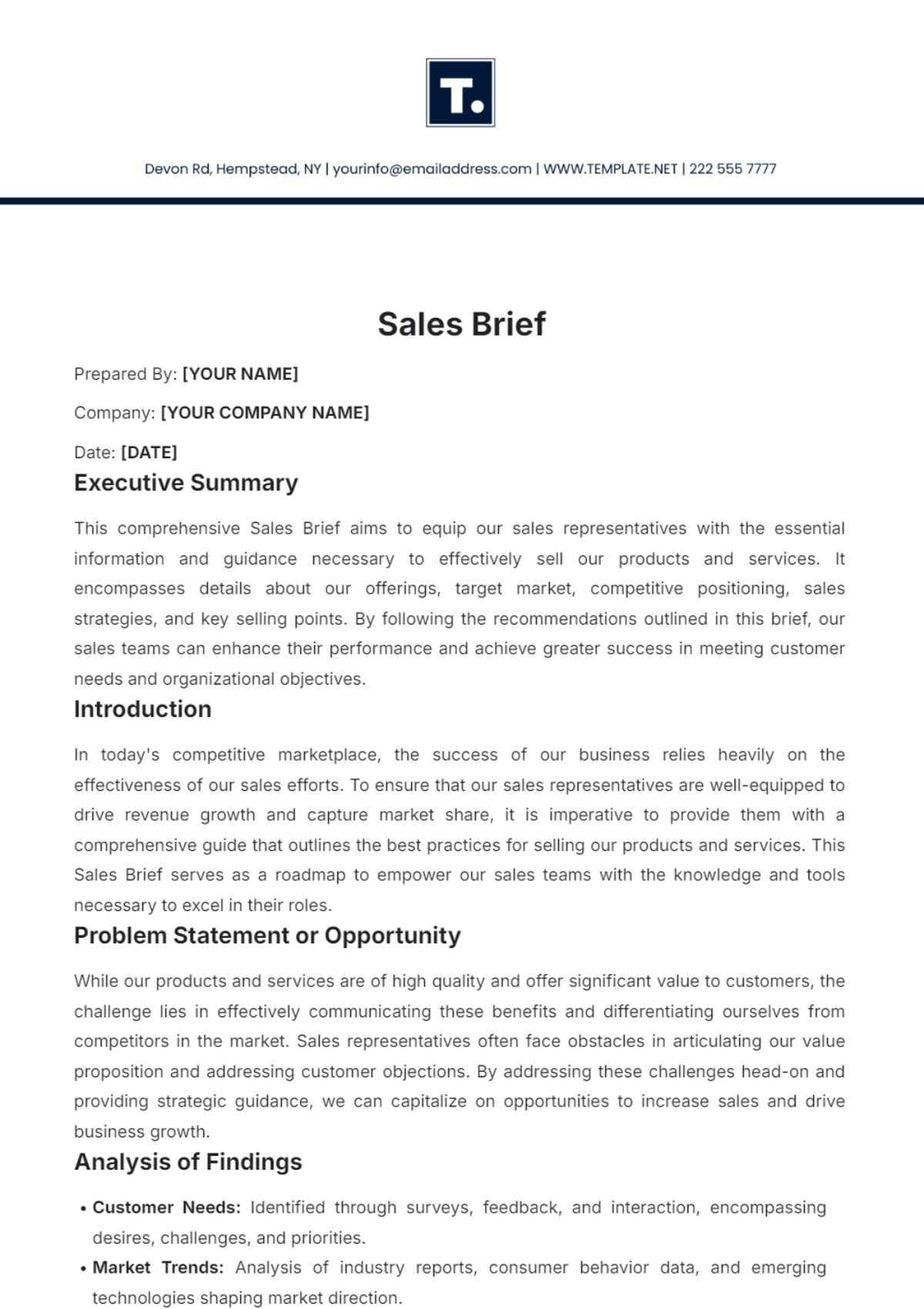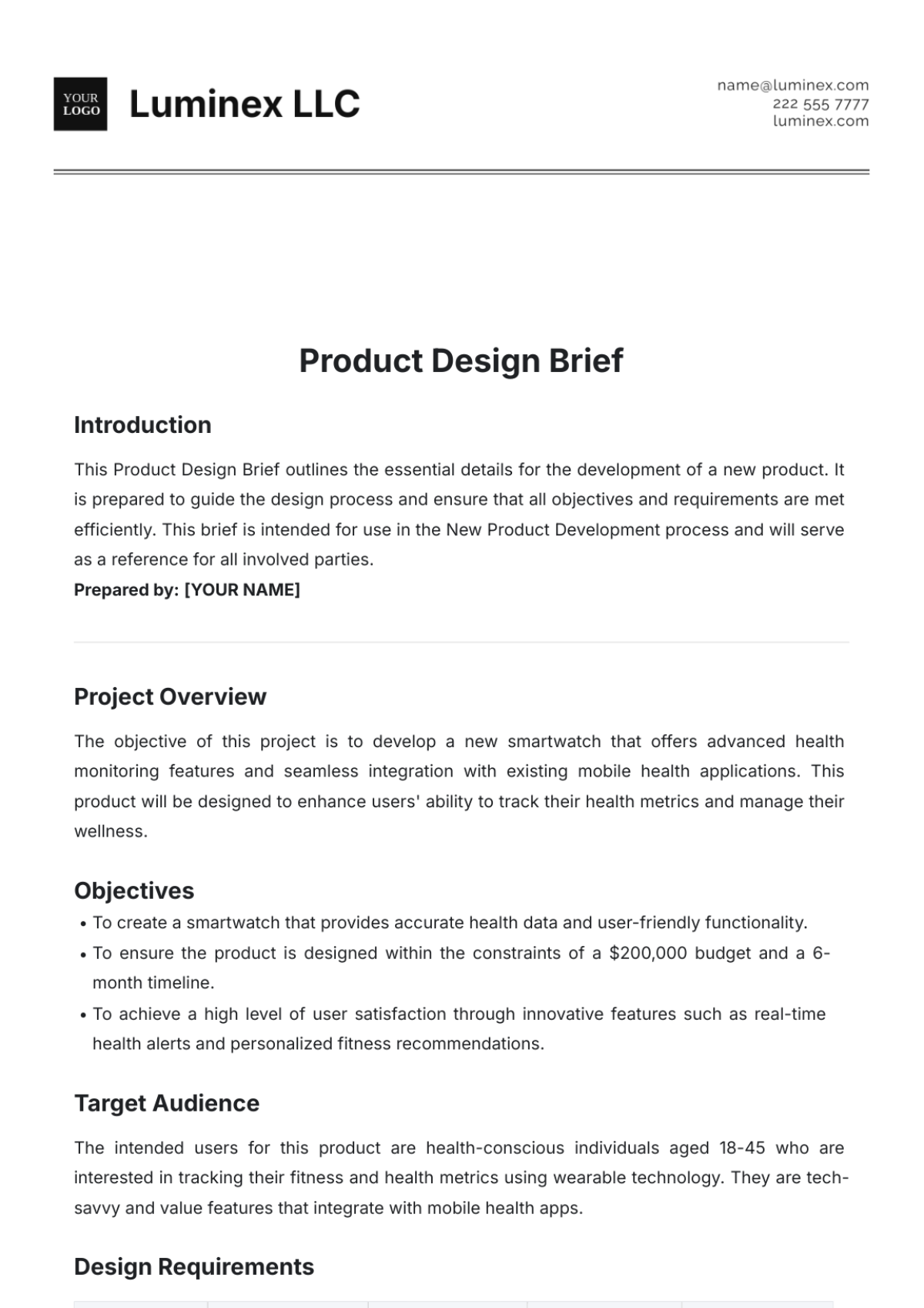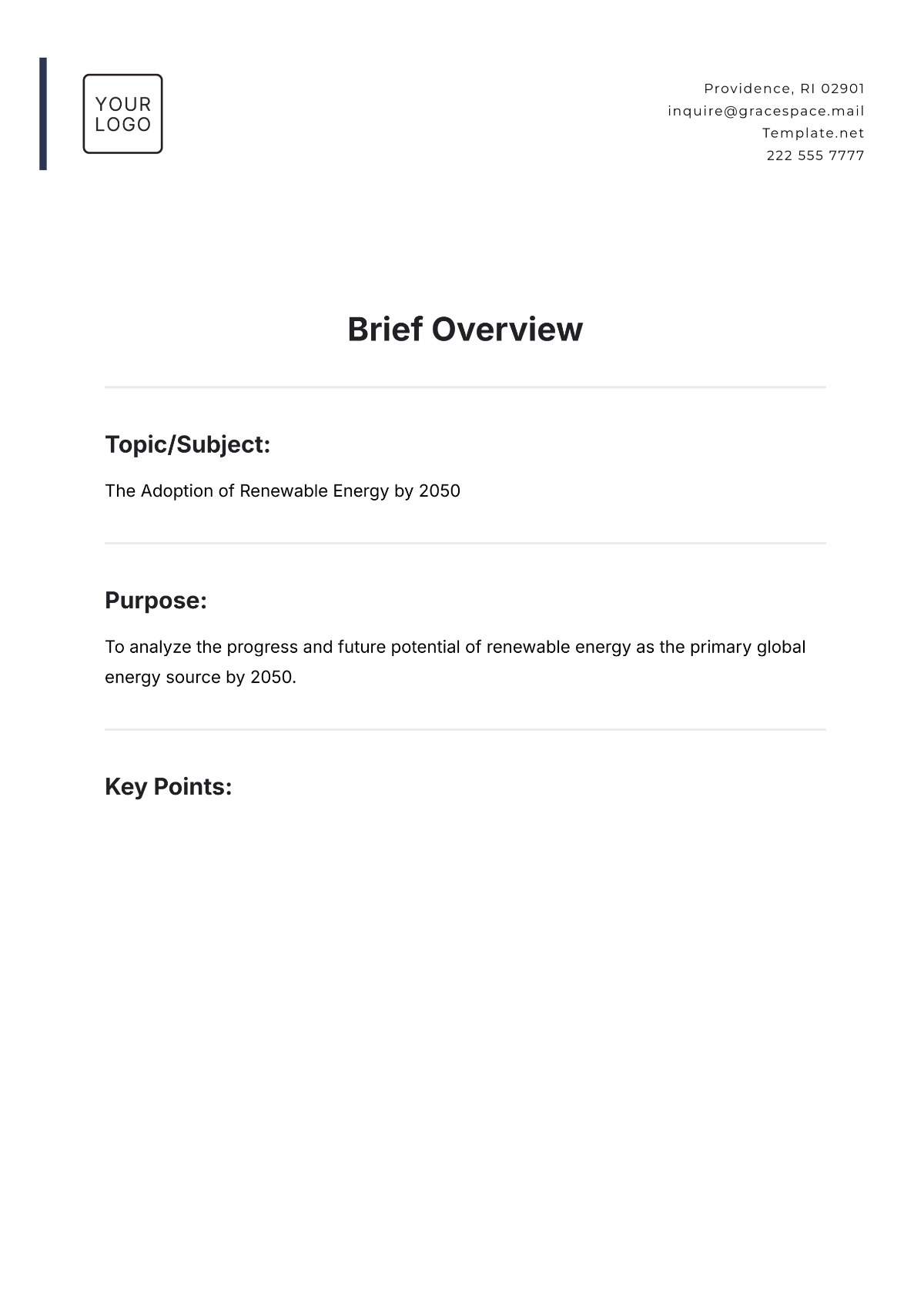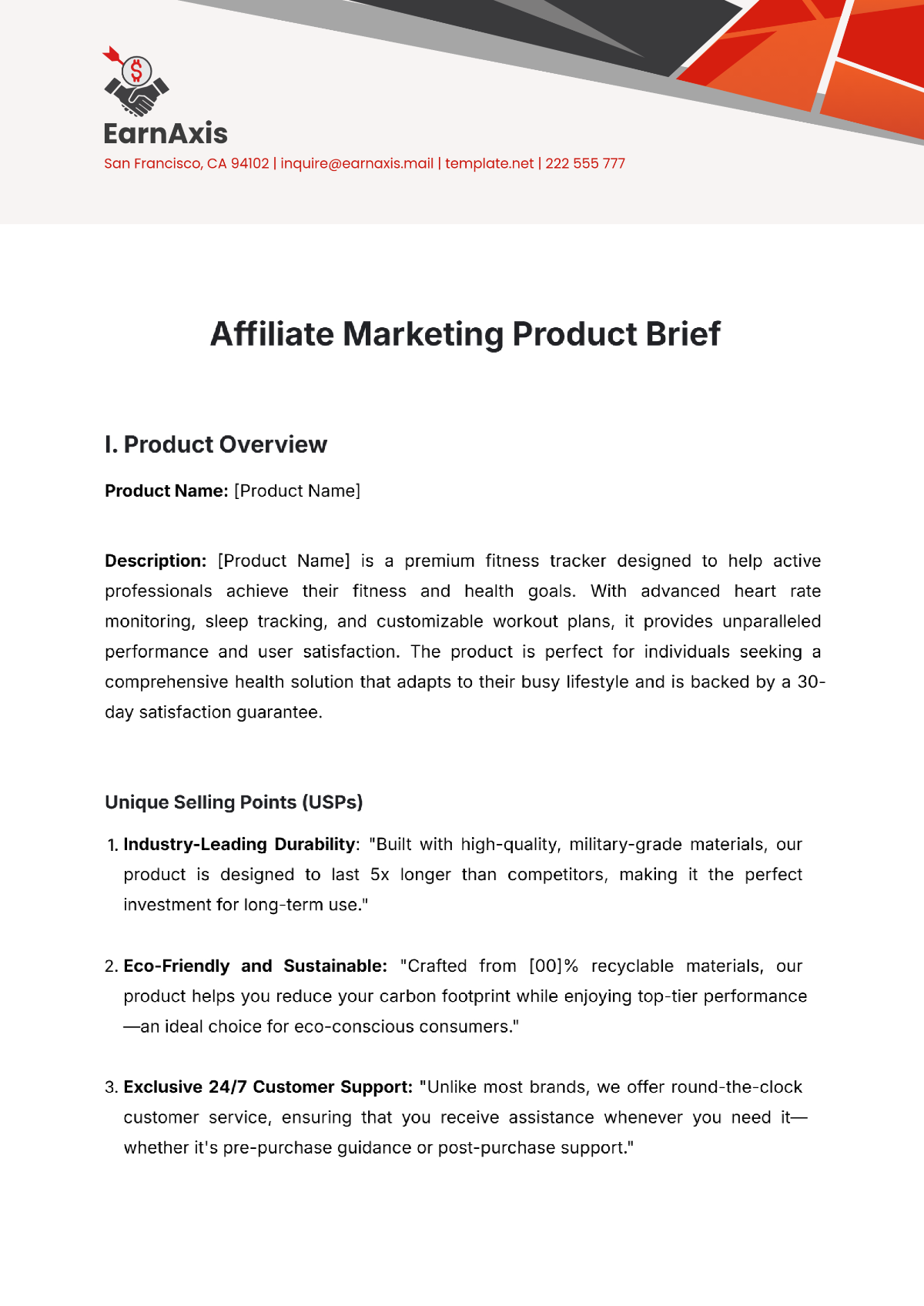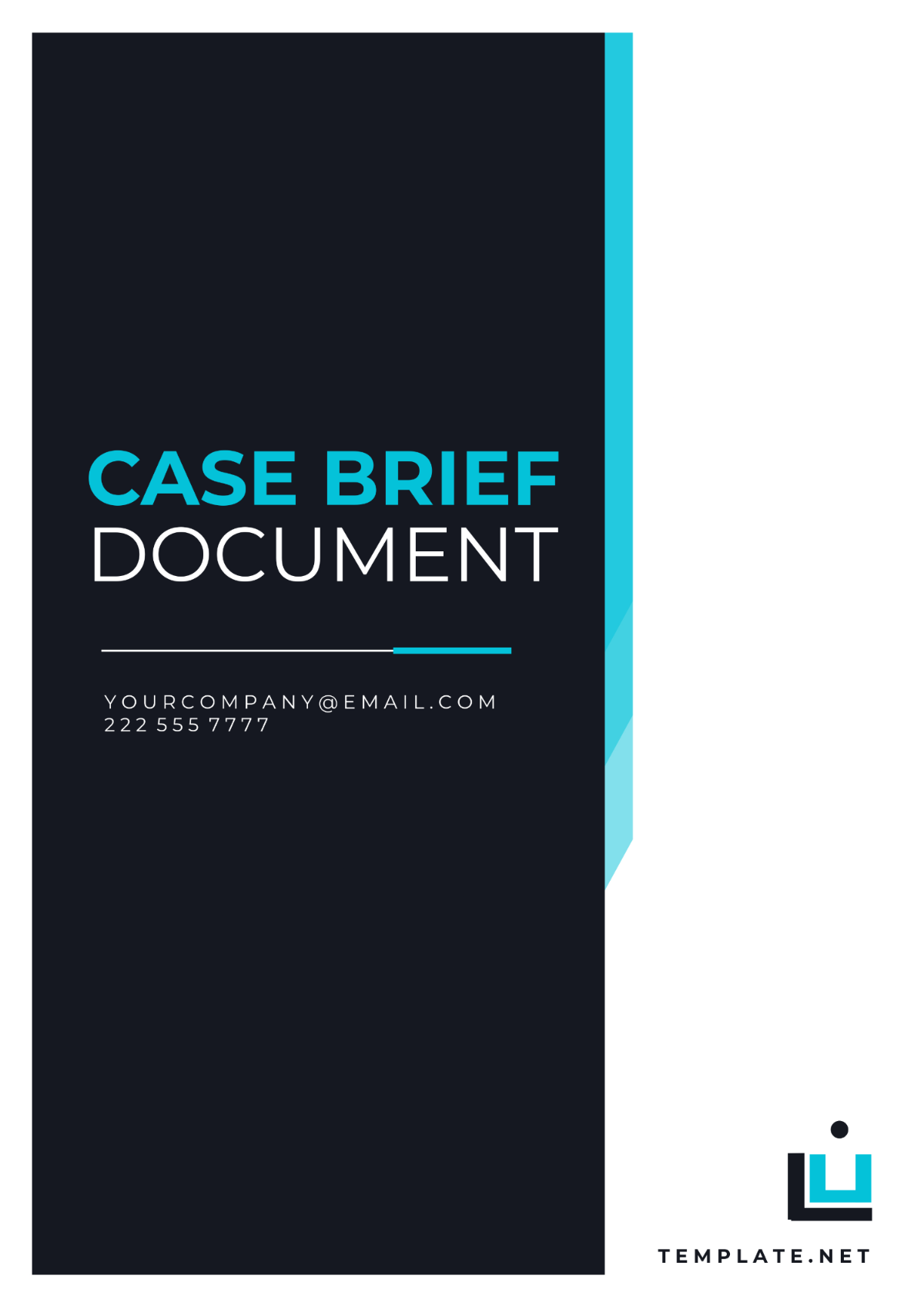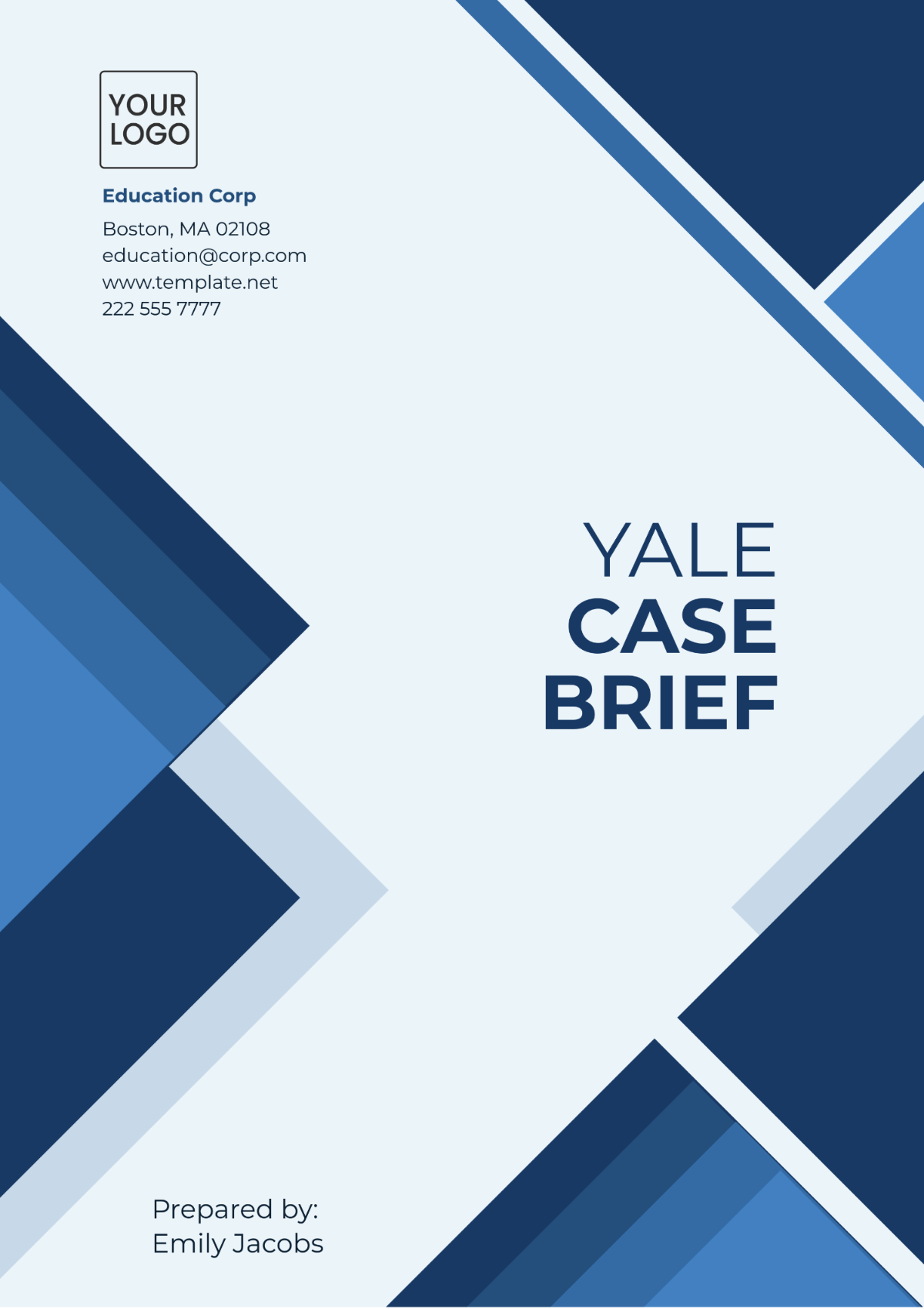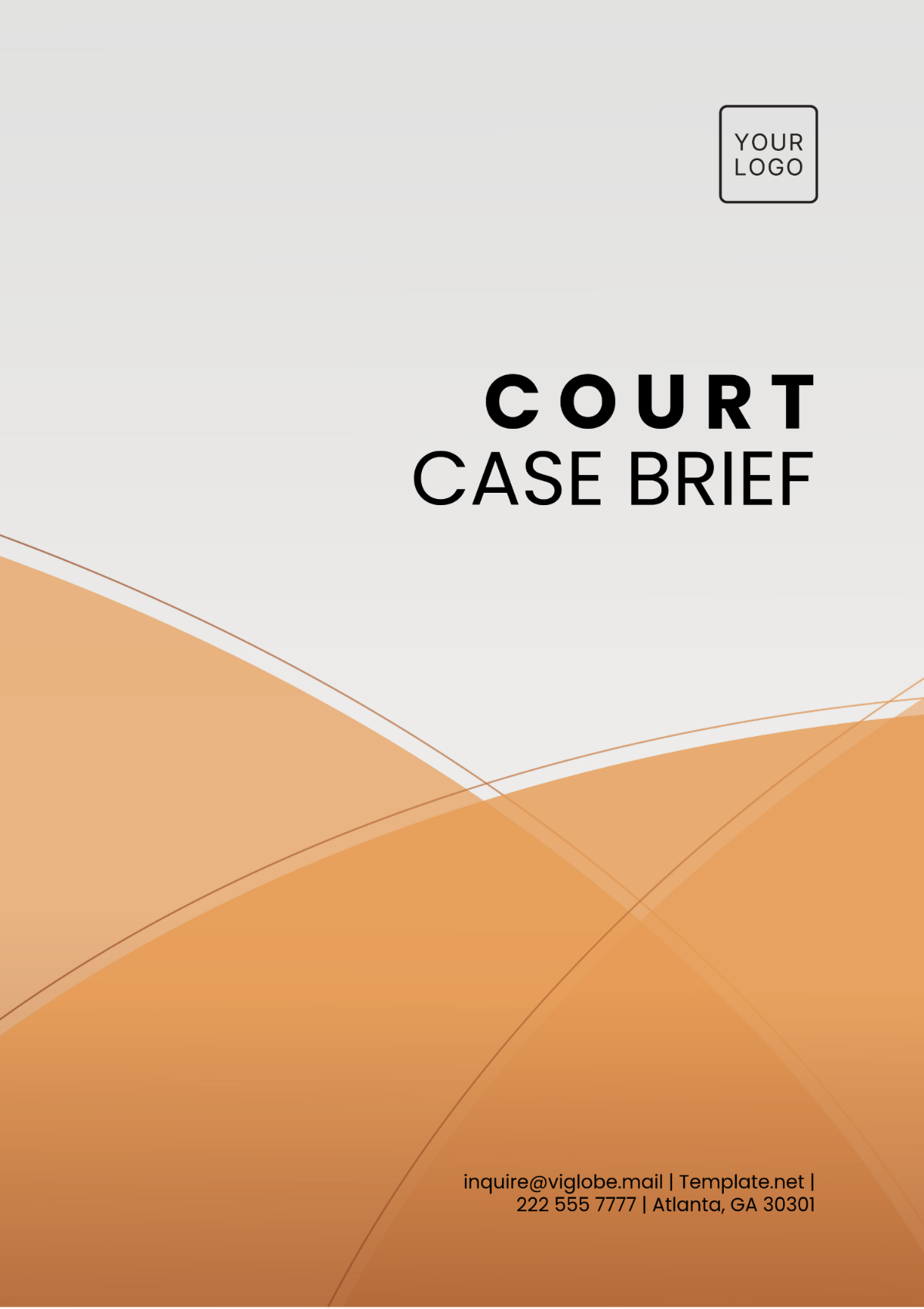Sample Case Brief
I. Case Title and Citation
Case Name: [Case Name]
Citation: [Case Citation]
II. Court and Date
Court: [Court Name]
Date: [Date of Decision]
III. Parties
Plaintiff(s): [Plaintiff(s) Name(s)]
Defendant(s): [Defendant(s) Name(s)]
IV. Facts
a. Background:
[Plaintiff(s) Name(s)] leased an apartment located at [Apartment Location], from [Defendant(s) Name(s)] for a period of one year. After six months into the lease term, [Plaintiff(s) Name(s)] ceased paying rent, claiming that the apartment was infested with mold and constituted uninhabitable living conditions. In response, [Defendant(s) Name(s)] initiated legal proceedings to evict [Plaintiff(s) Name(s)] for non-payment of rent.
b. Key Facts:
[Plaintiff(s) Name(s)] alleges that the apartment is uninhabitable due to mold growth on the walls and ceiling.
[Defendant(s) Name(s)] contends that he promptly addressed any maintenance issues in the apartment and disputes the severity of the mold problem.
V. Issues
a. Legal Issue(s):
Whether the presence of mold in the leased apartment constitutes a breach of the implied warranty of habitability, justifying [Plaintiff(s) Name(s)]'s non-payment of rent.
b. Sub Issues:
Whether [Defendant(s) Name(s)] fulfilled his/her obligation to maintain the premises in a habitable condition.
Whether [Plaintiff(s) Name(s)] provided proper notice of the alleged mold infestation.
VI. Arguments
a. Plaintiff's Argument(s):
[Plaintiff(s) Name(s)] argues that the presence of mold in the apartment renders it uninhabitable, thereby excusing him/her from the obligation to pay rent under the doctrine of constructive eviction.
b. Defendant's Argument(s):
[Defendant(s) Name(s)] asserts that he diligently addressed maintenance issues brought to his/her attention and contends that [Plaintiff(s) Name(s)] failed to provide adequate notice of the alleged mold problem, thus breaching his/her duty to mitigate damages.
VII. Legal Principles
Applicable Law: Under New York landlord-tenant law, landlords are required to maintain rental properties in a habitable condition, including addressing mold infestations that pose health hazards.
Key Precedents: Previous cases such as [Previous Related Cases] where courts ruled on similar disputes involving mold infestations and the implied warranty of habitability.
VIII. Court's Decision
a. Ruling:
The Supreme Court of New York ruled in favor of [Defendant(s) Name(s)], holding that [Plaintiff(s) Name(s)] failed to establish that the presence of mold rendered the apartment uninhabitable. Therefore, [Plaintiff(s) Name(s)] was not entitled to withhold rent.
b. Reasoning:
The court found that while there was evidence of mold in the apartment, [Plaintiff(s) Name(s)] did not provide sufficient proof that the mold substantially impaired the habitability of the premises. Additionally, the court determined that [Plaintiff(s) Name(s)] did not provide timely notice of the mold issue as required by the lease agreement.
c. Impact:
This decision reaffirms the importance of providing timely notice and substantial evidence in cases involving claims of uninhabitable living conditions due to mold infestations.
IX. Conclusion
a. Summary:
The Supreme Court of New York ruled in favor of [Defendant(s) Name(s)], finding that [Plaintiff(s) Name(s)] failed to meet his/her burden of proof in establishing that the apartment is uninhabitable due to mold. Therefore, [Plaintiff(s) Name(s)] was obligated to pay rent under the terms of the lease agreement.
b. Recommendation:
[Plaintiff(s) Name(s)] may explore alternative dispute resolution methods or seek legal advice regarding his/her options following the court's decision.

